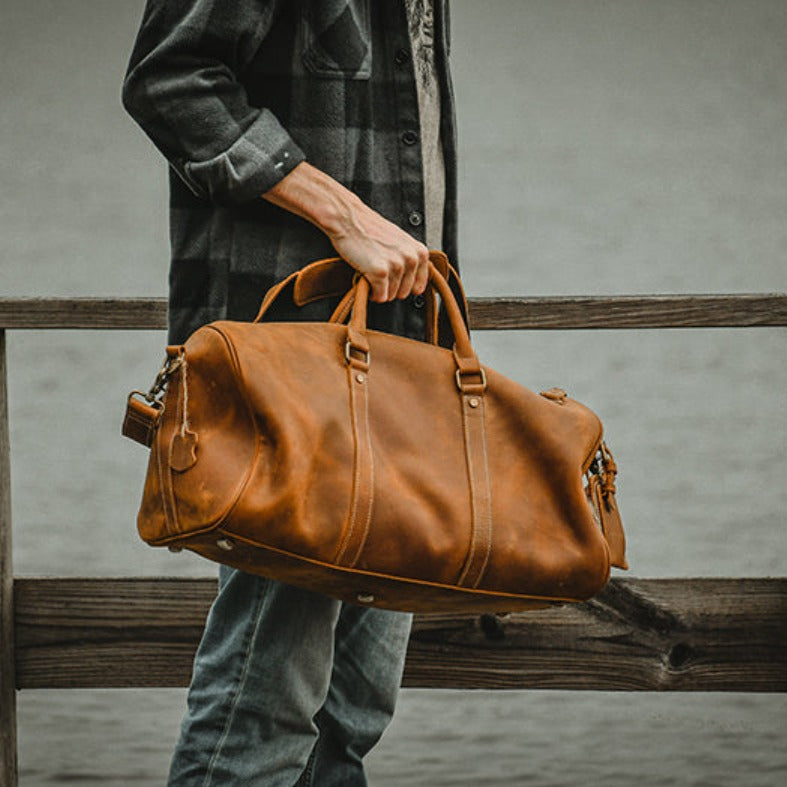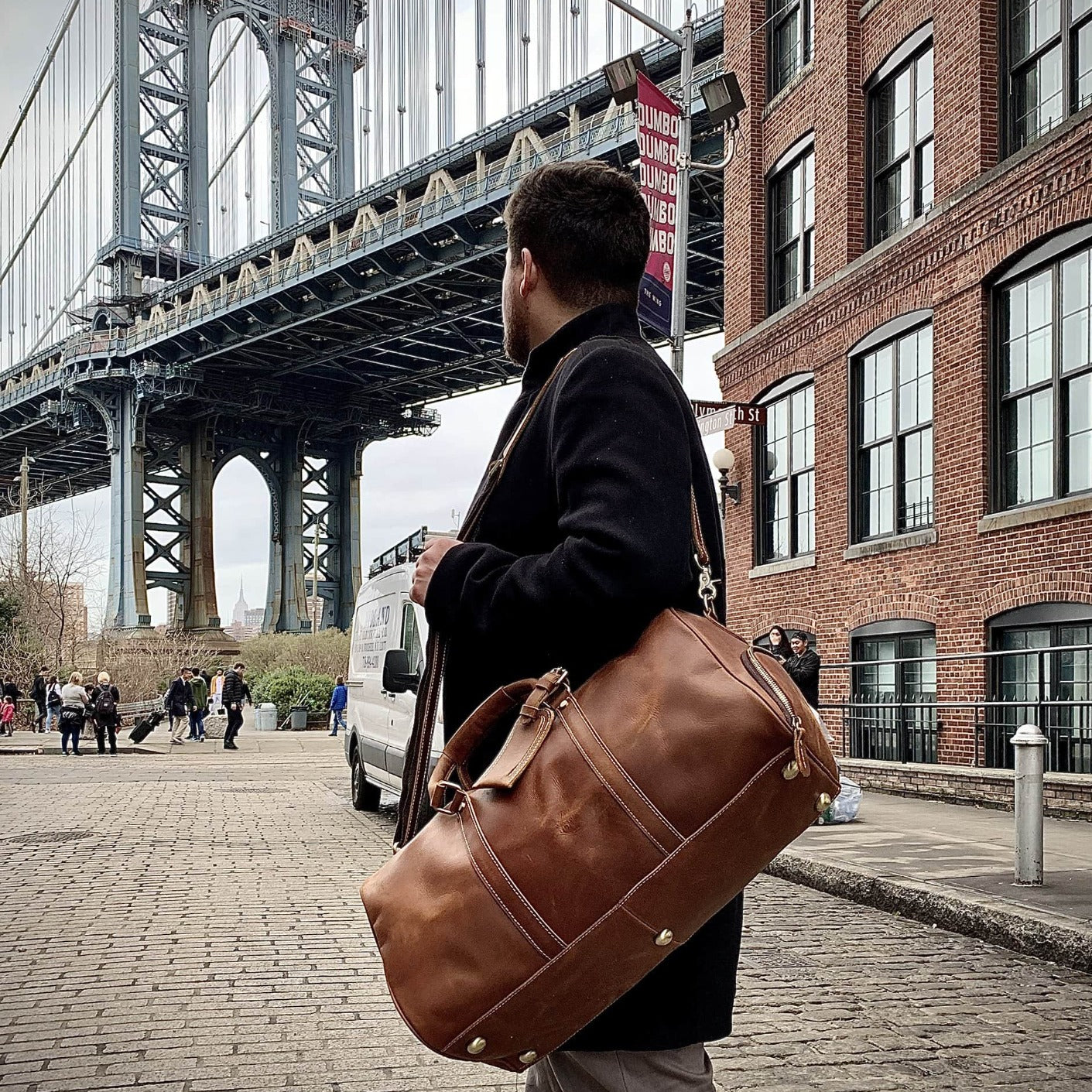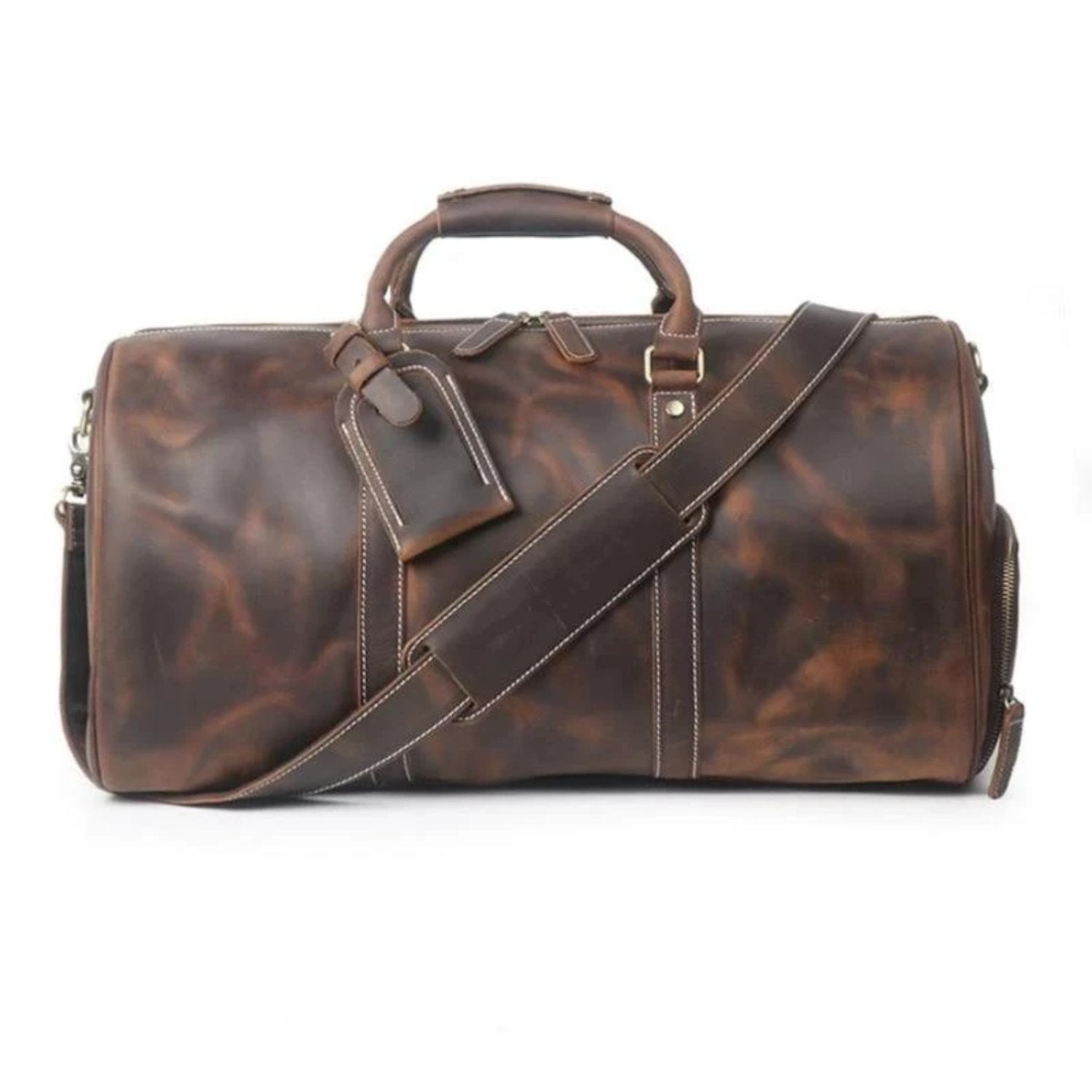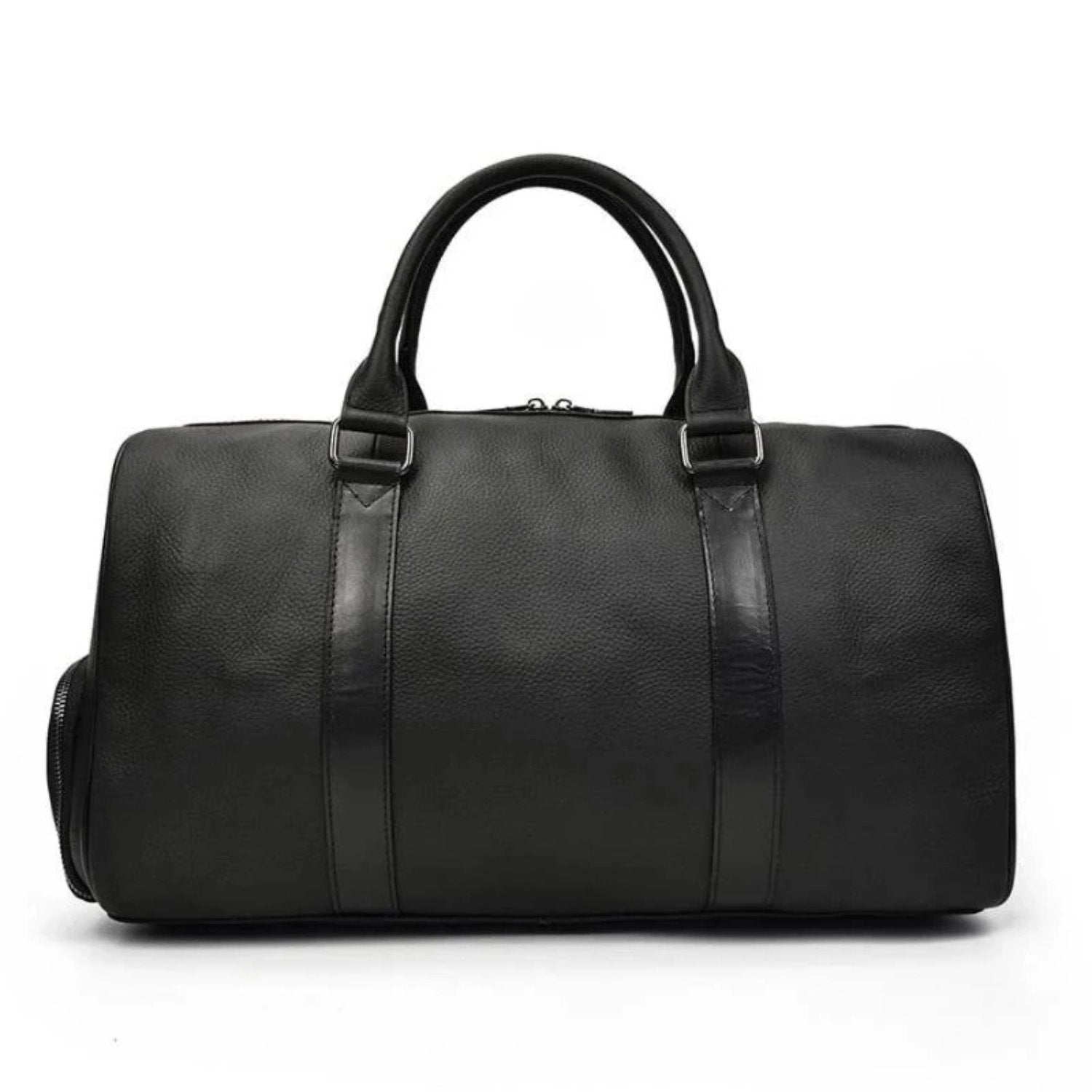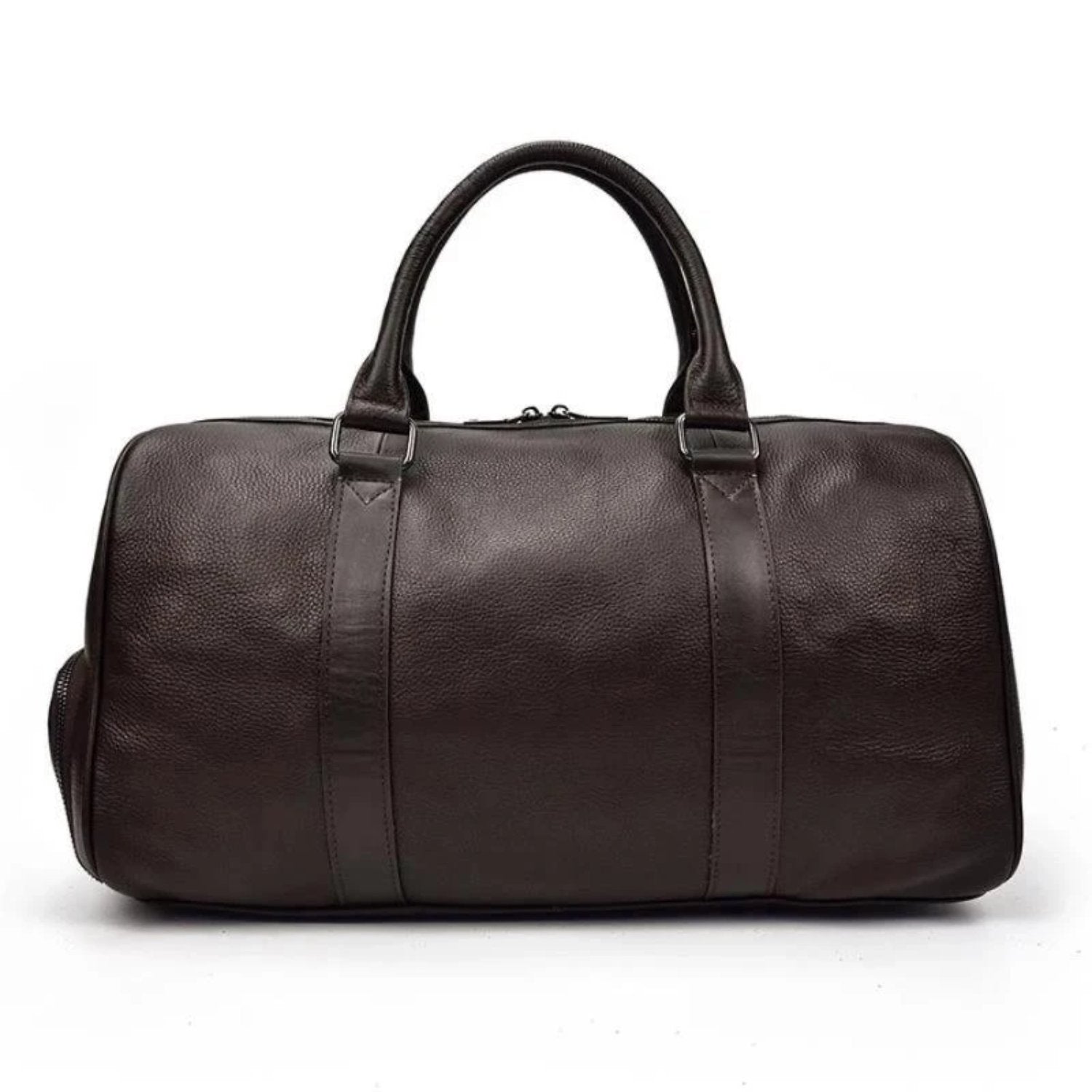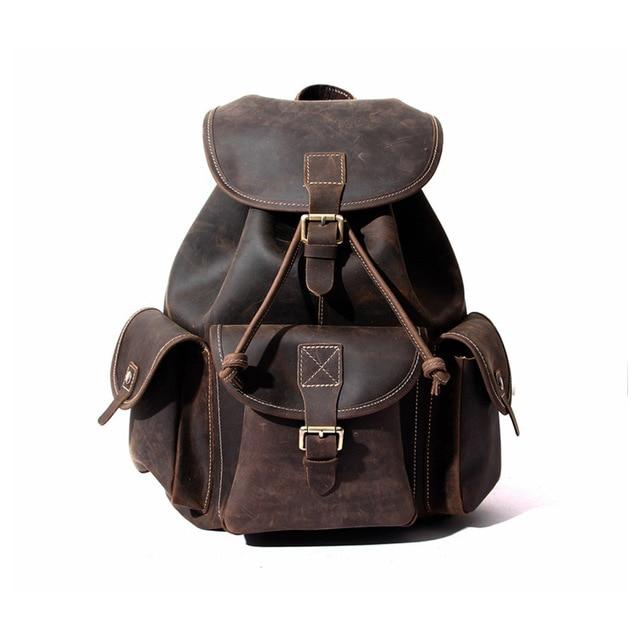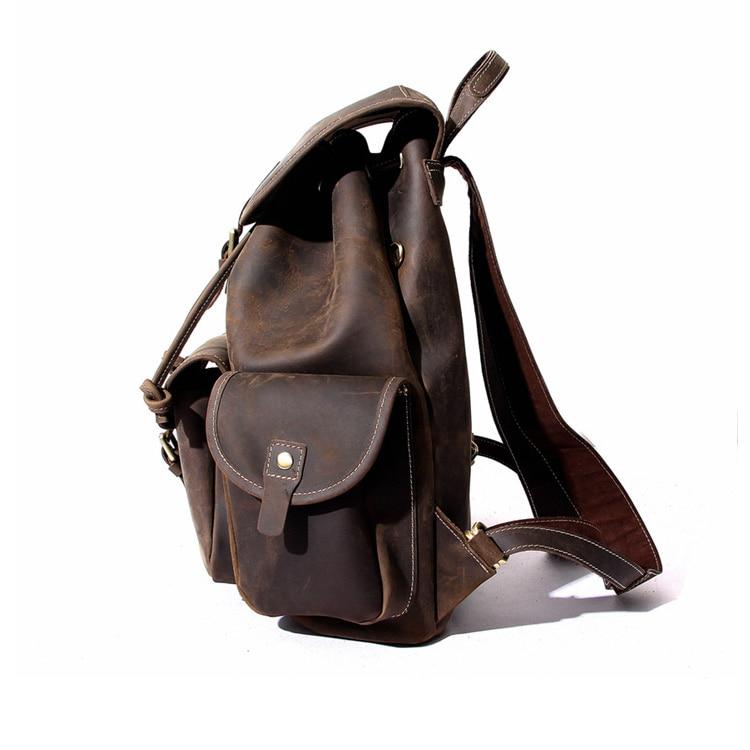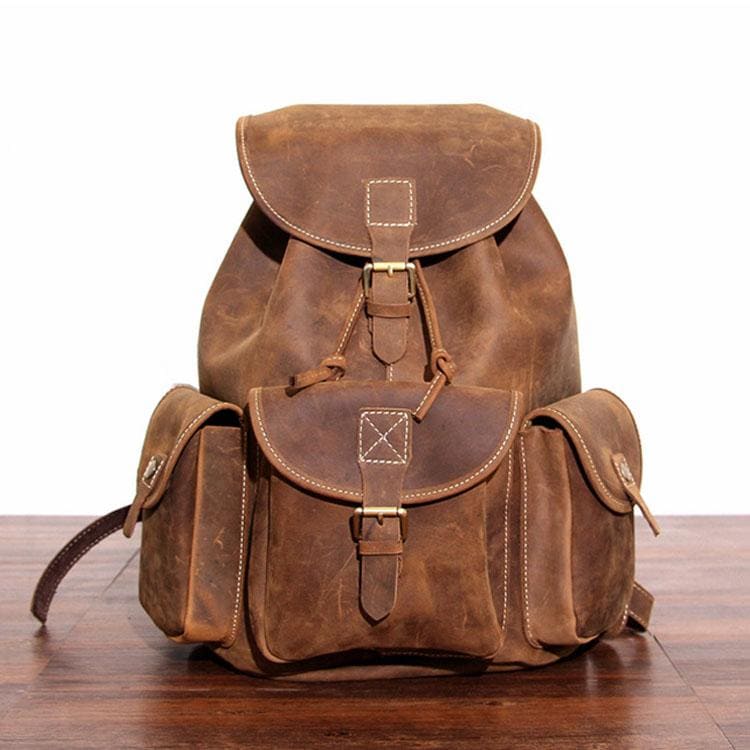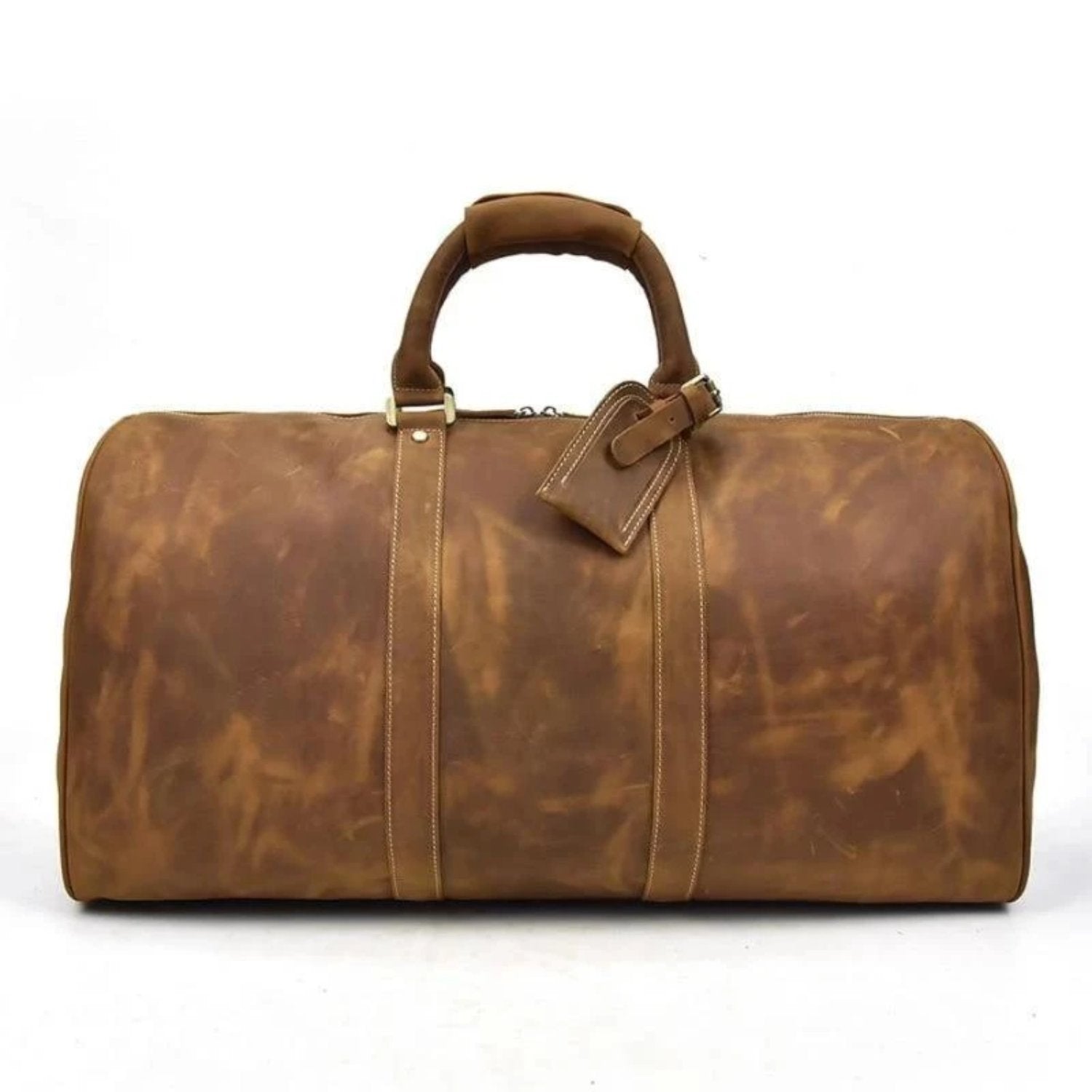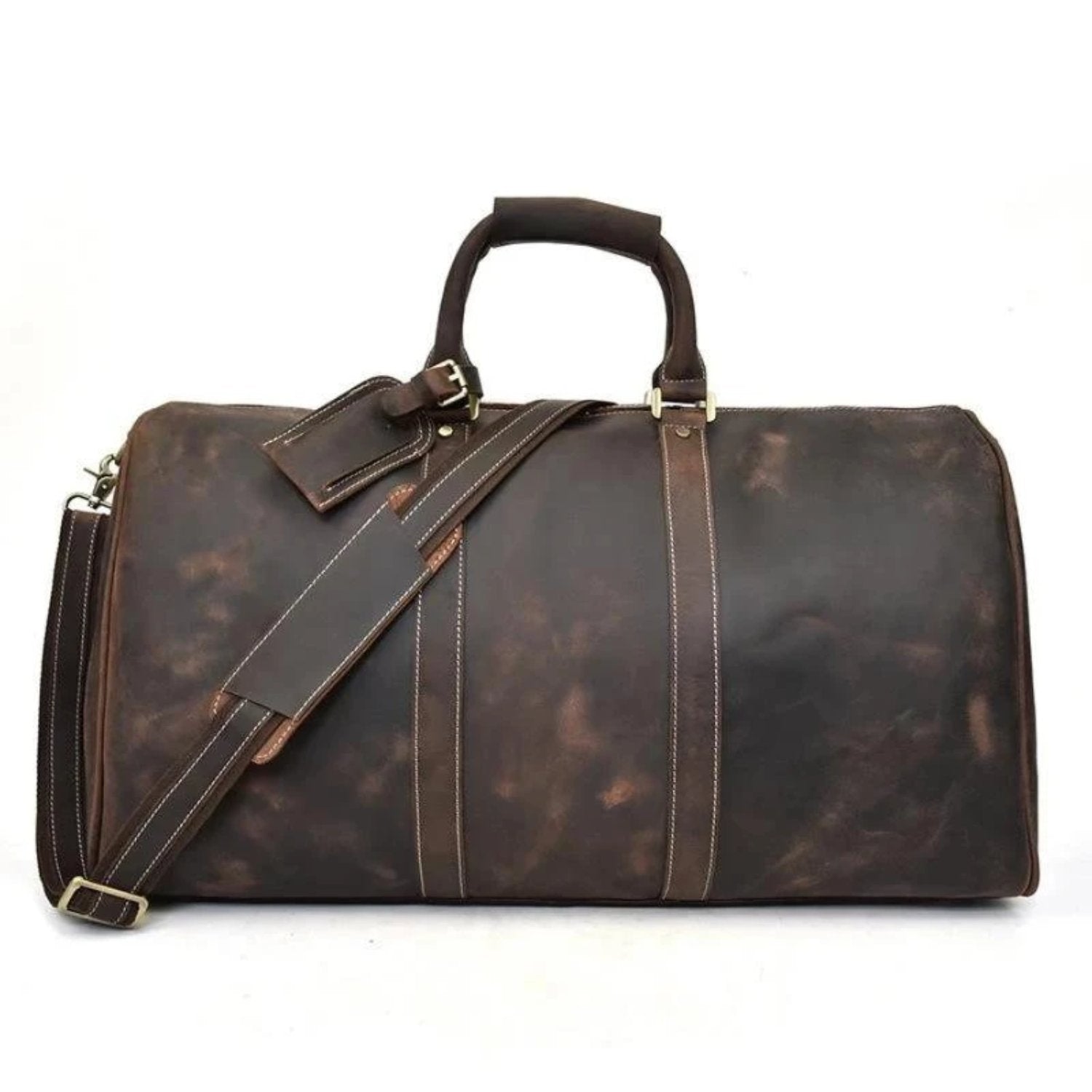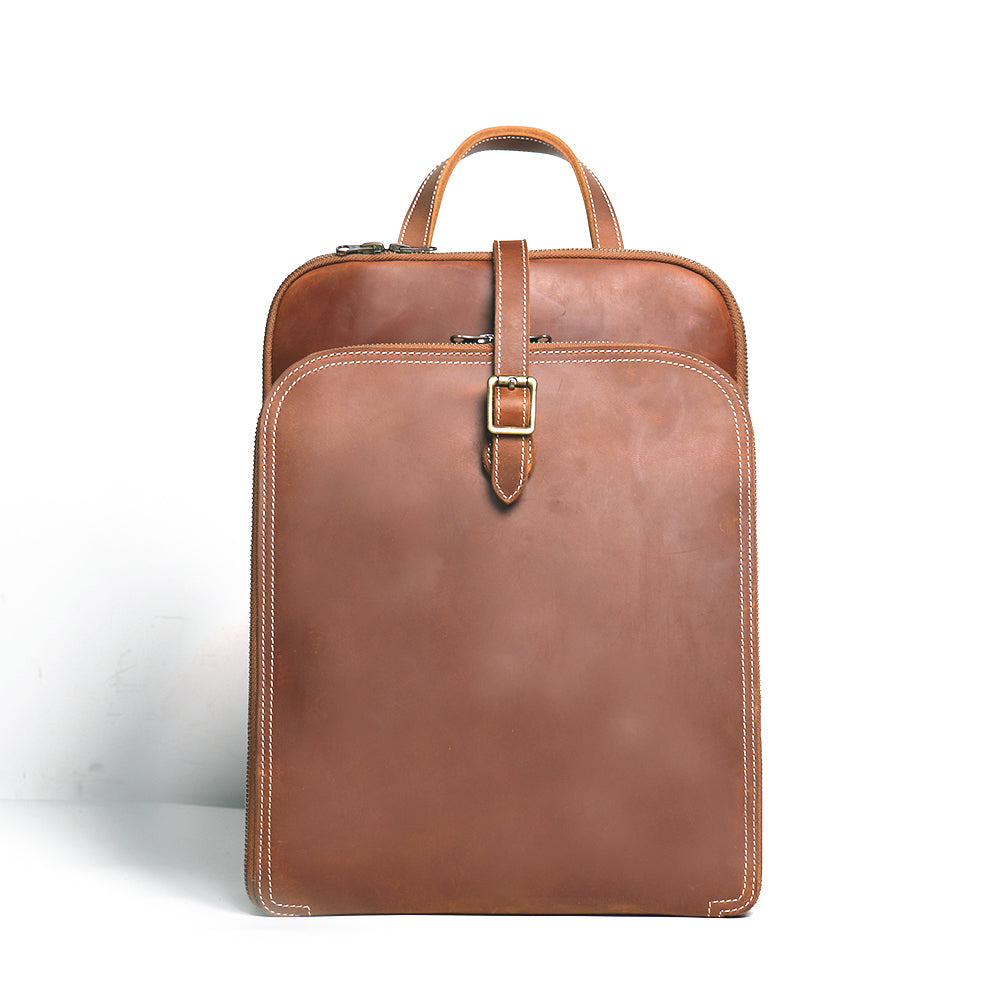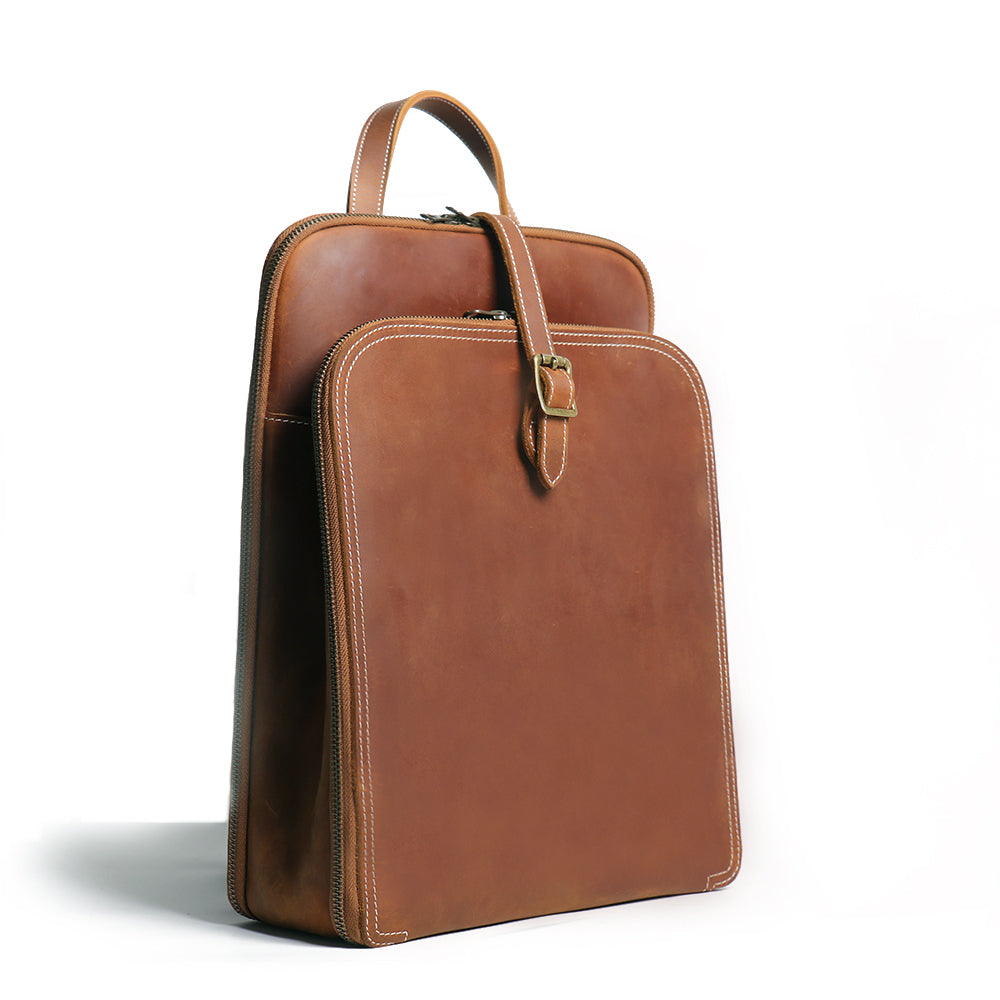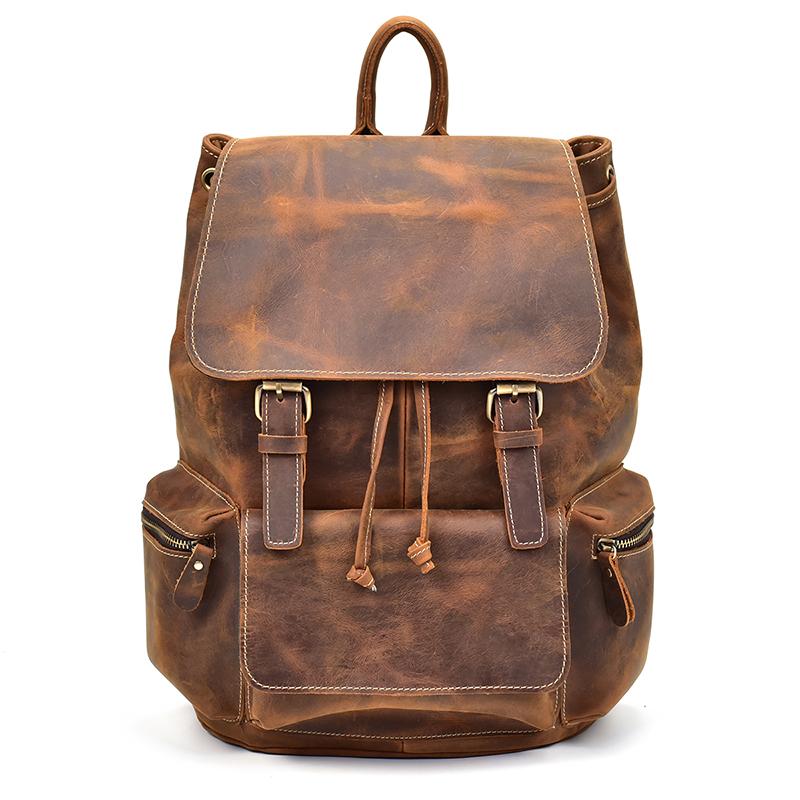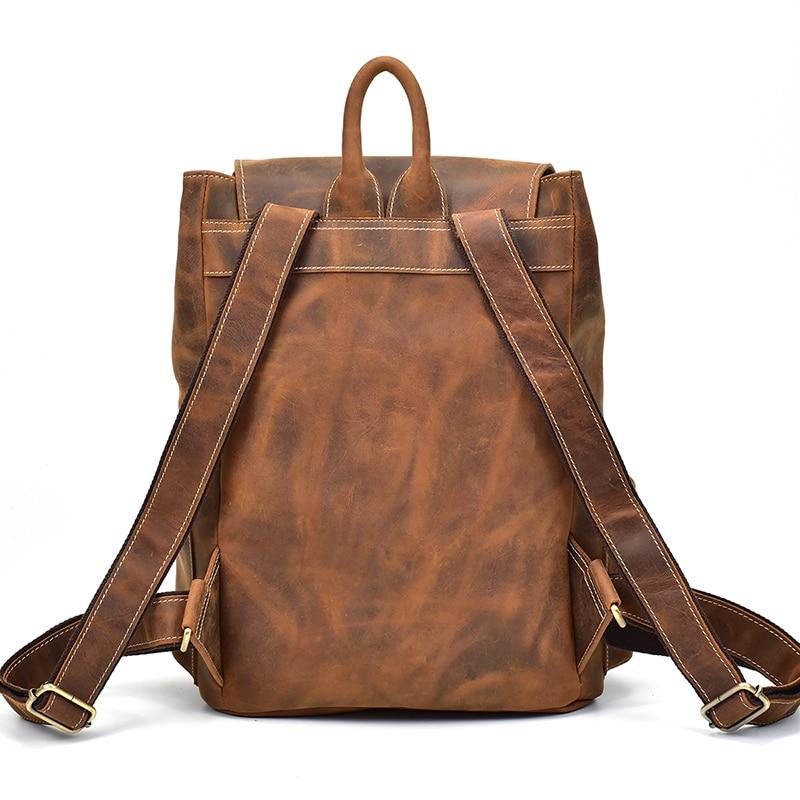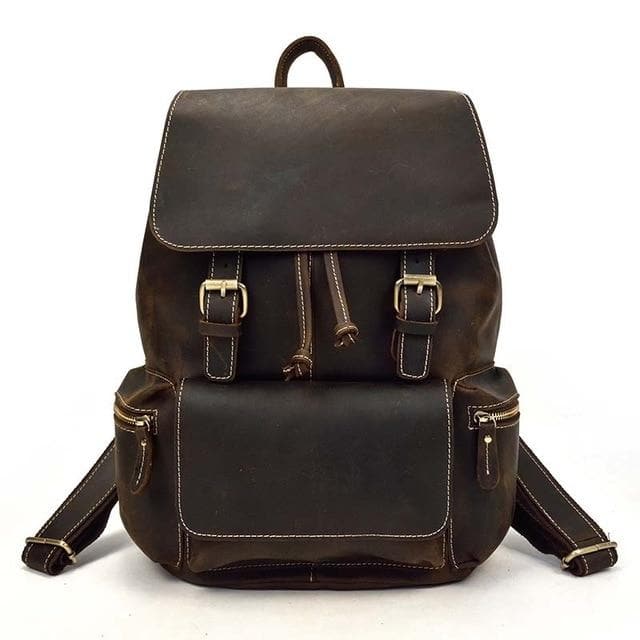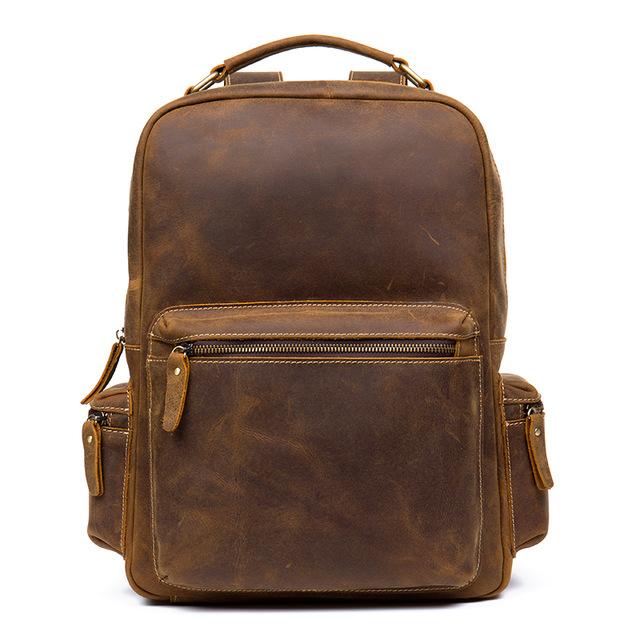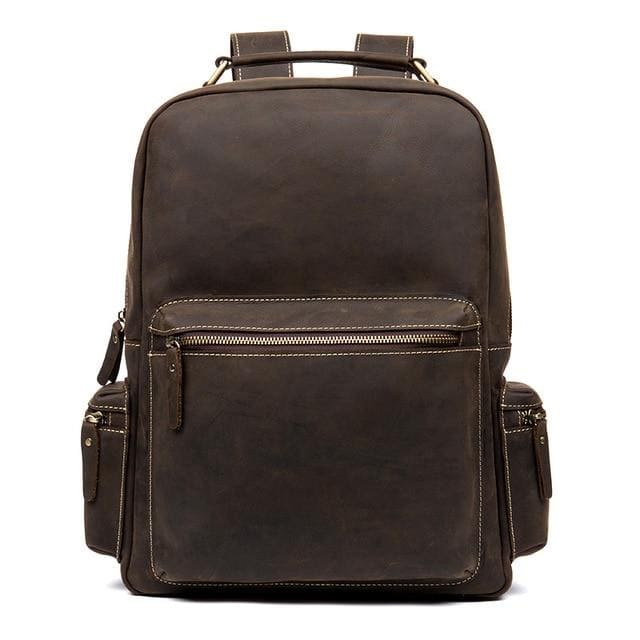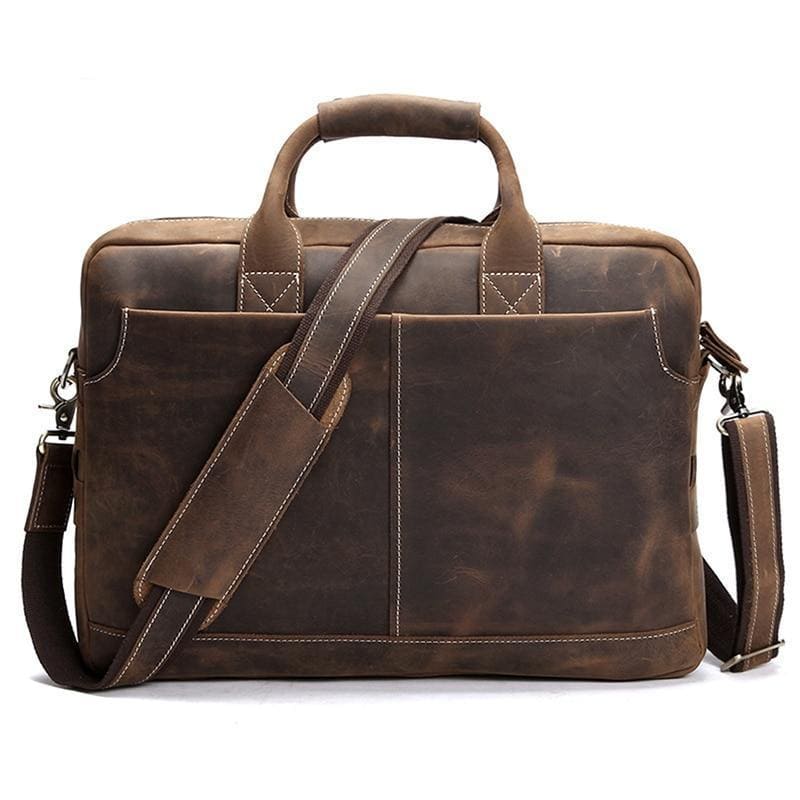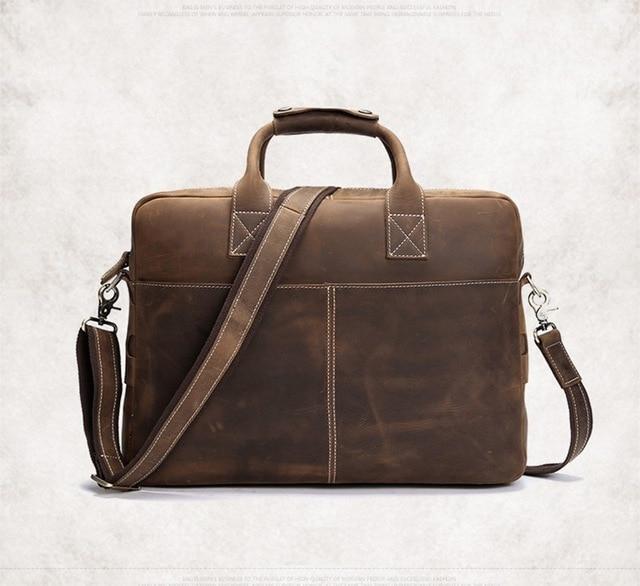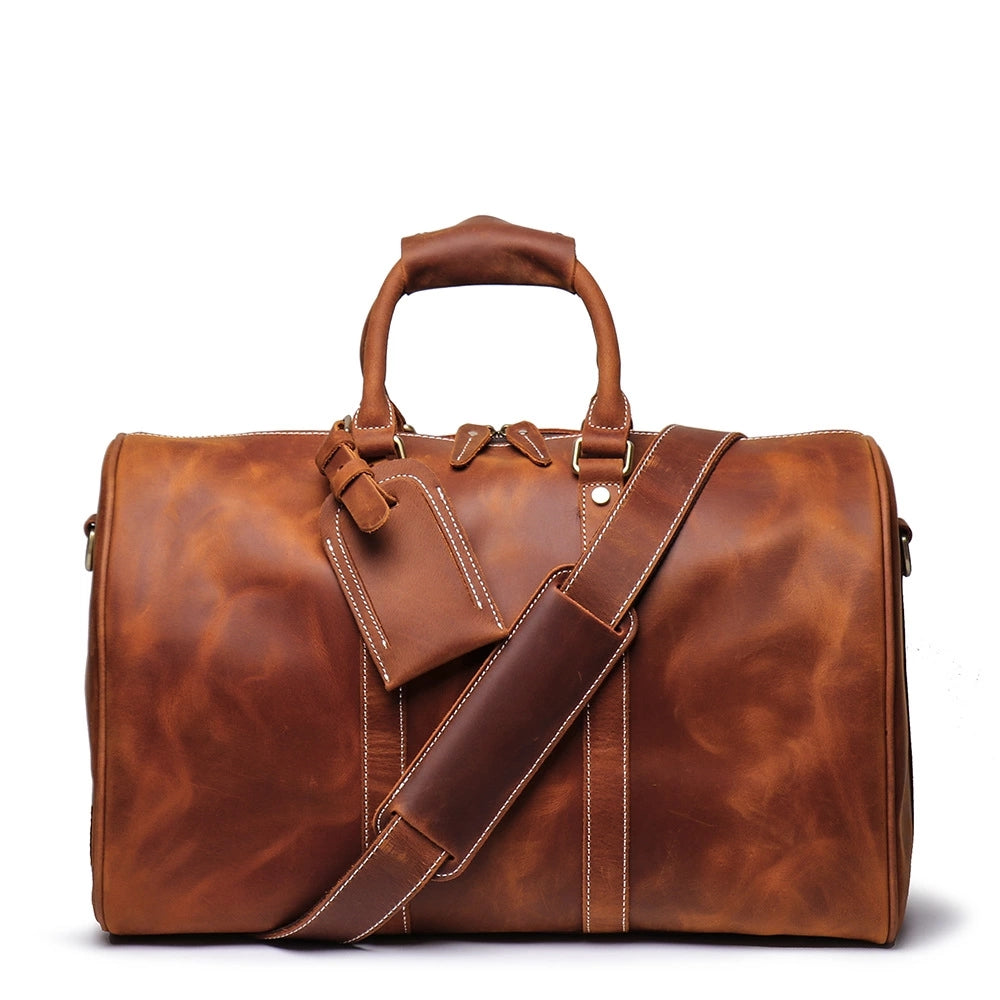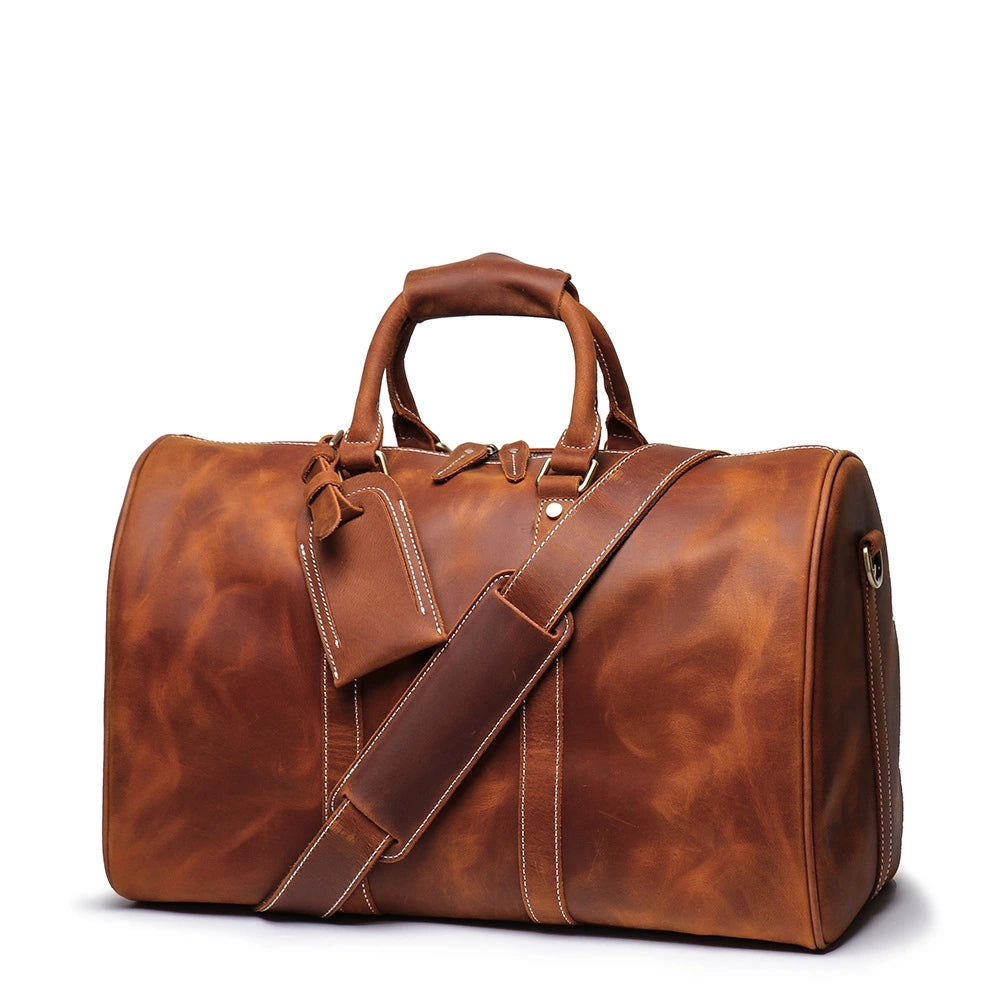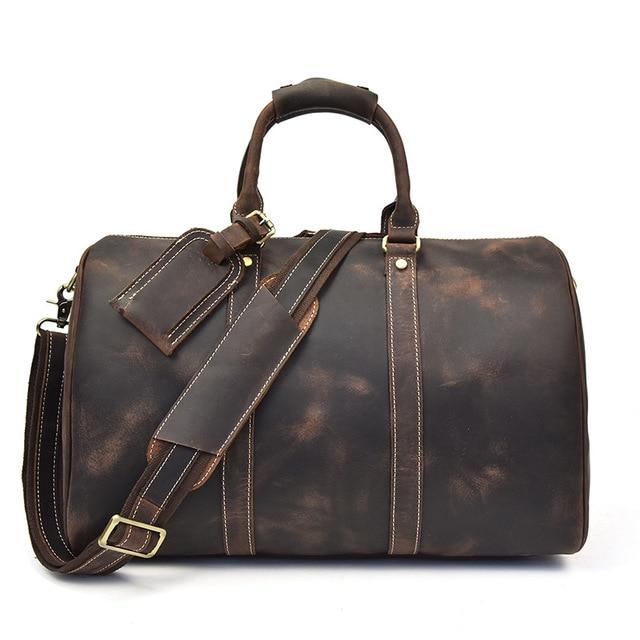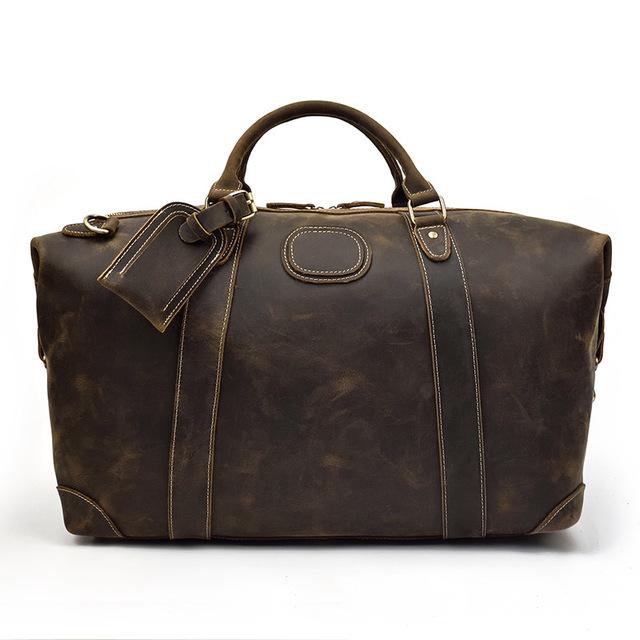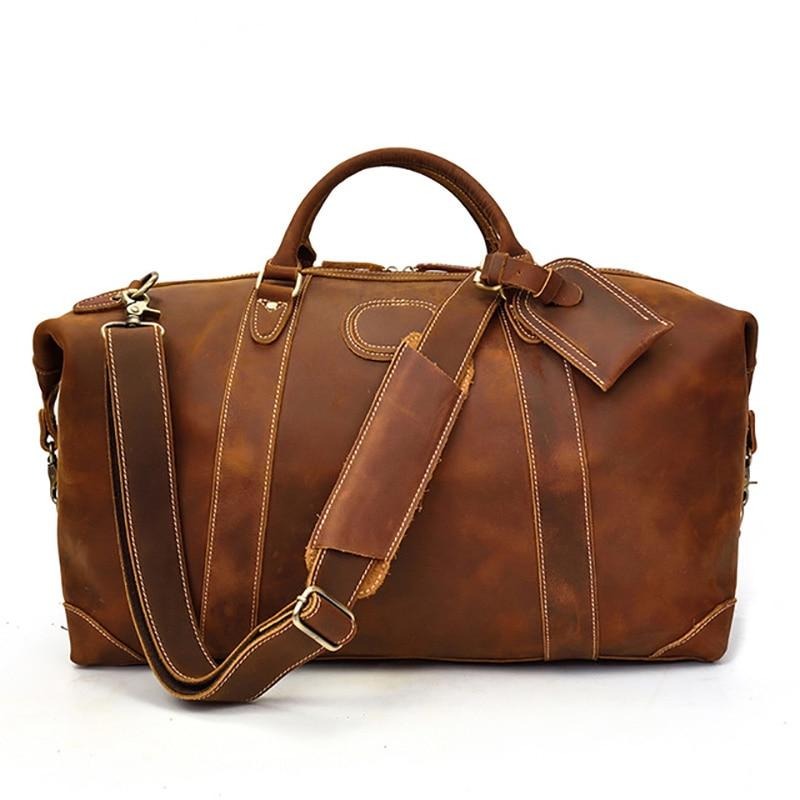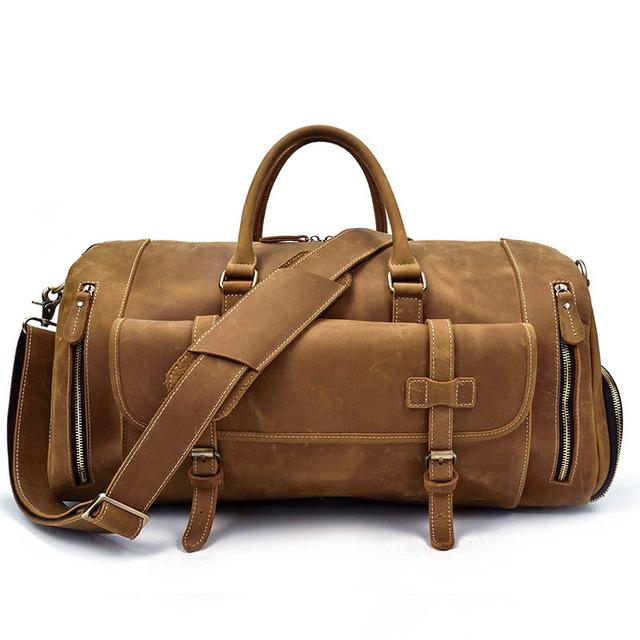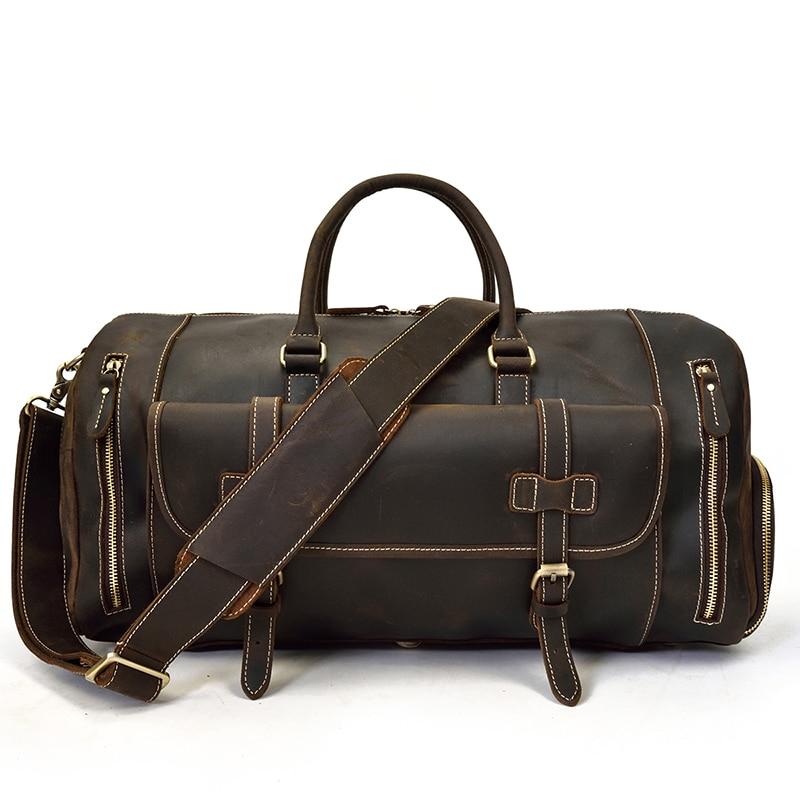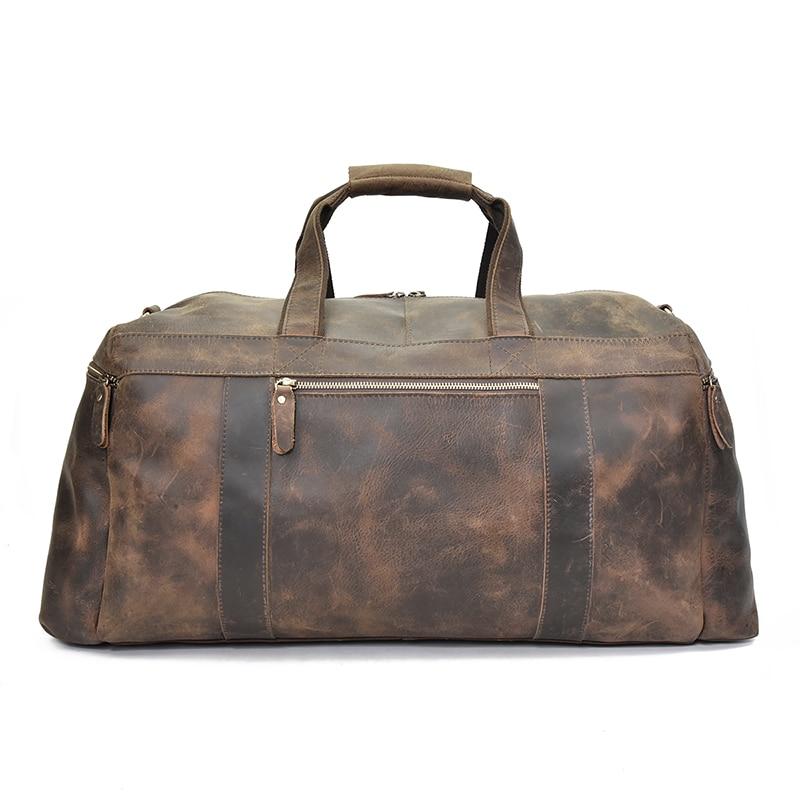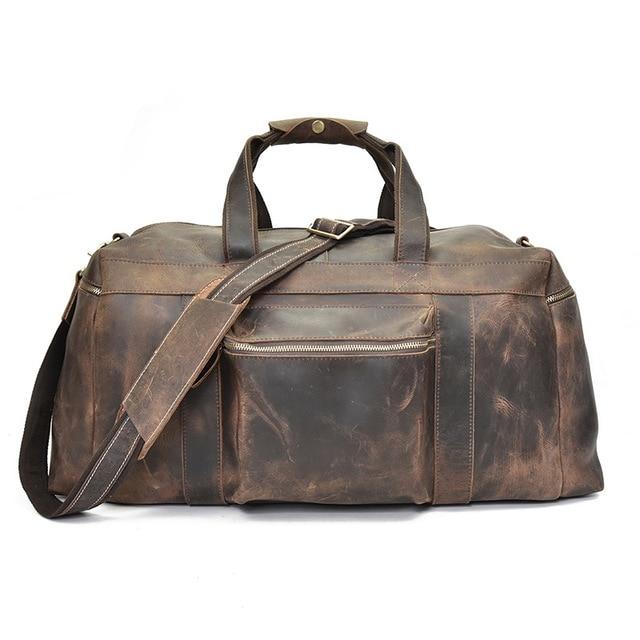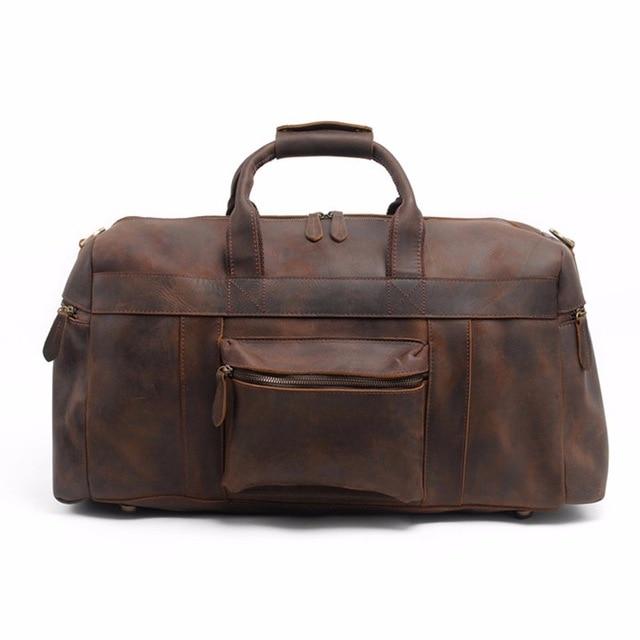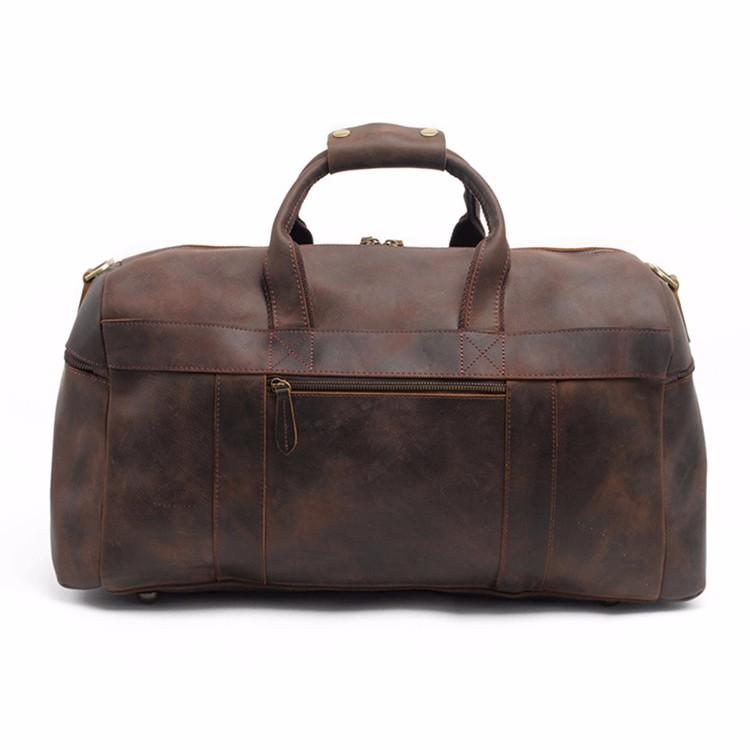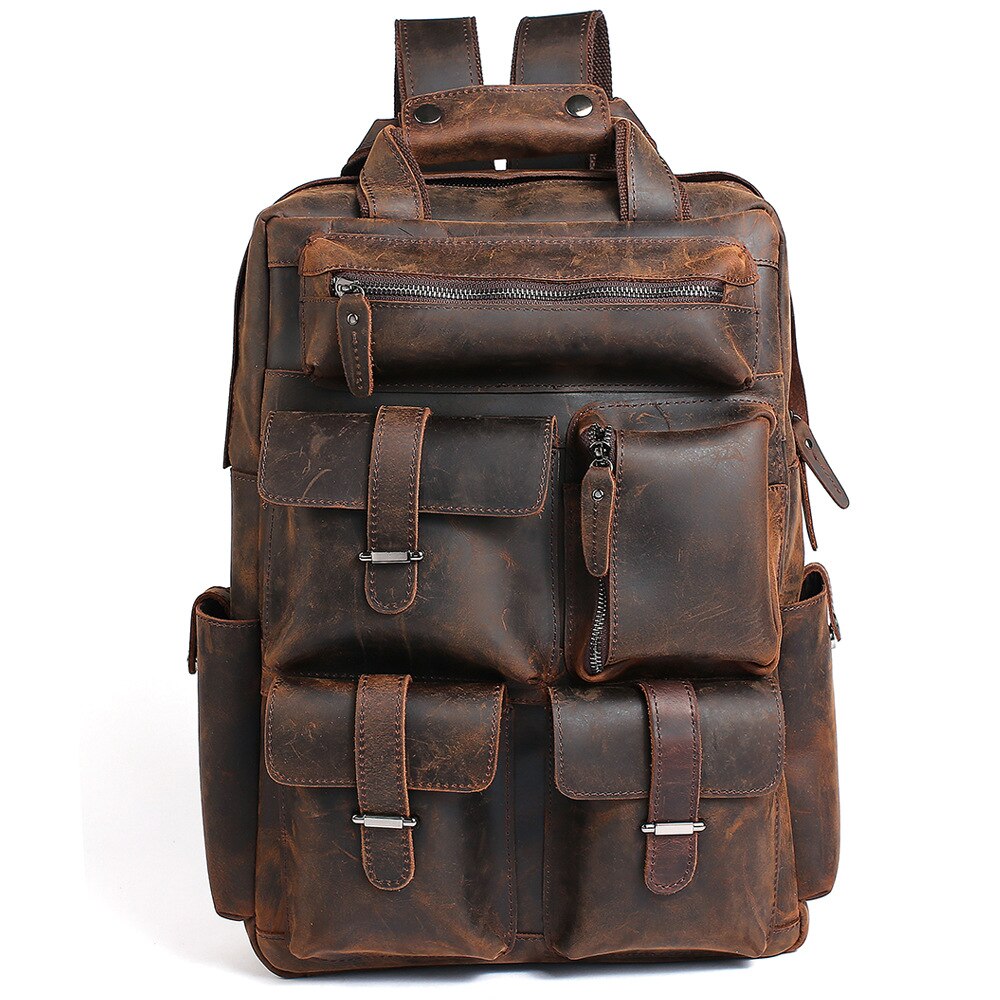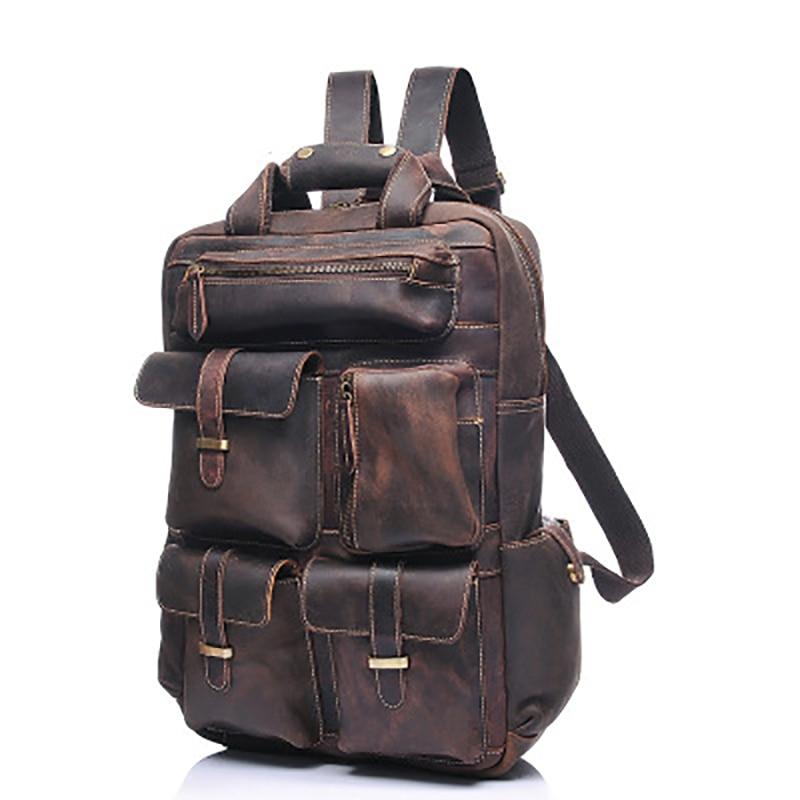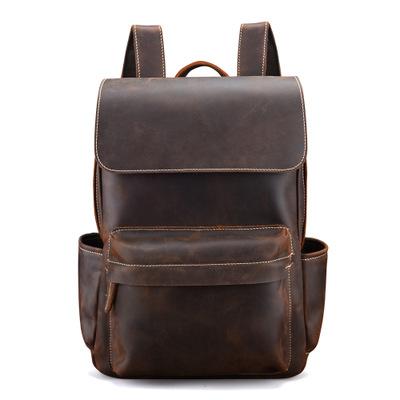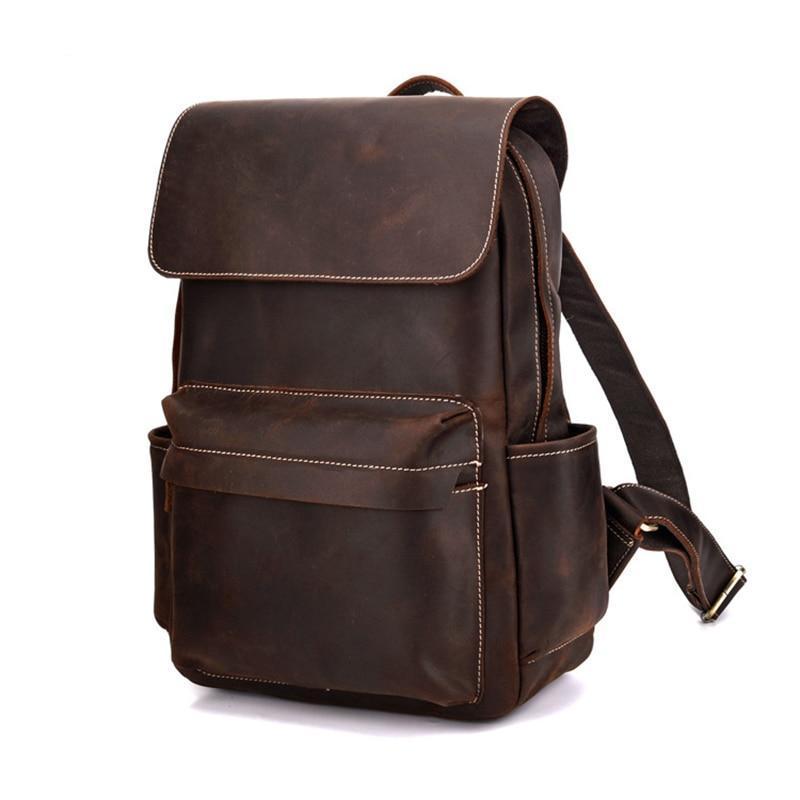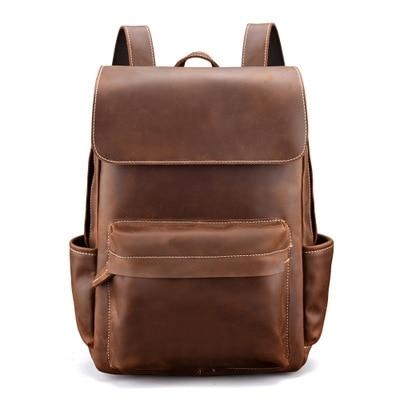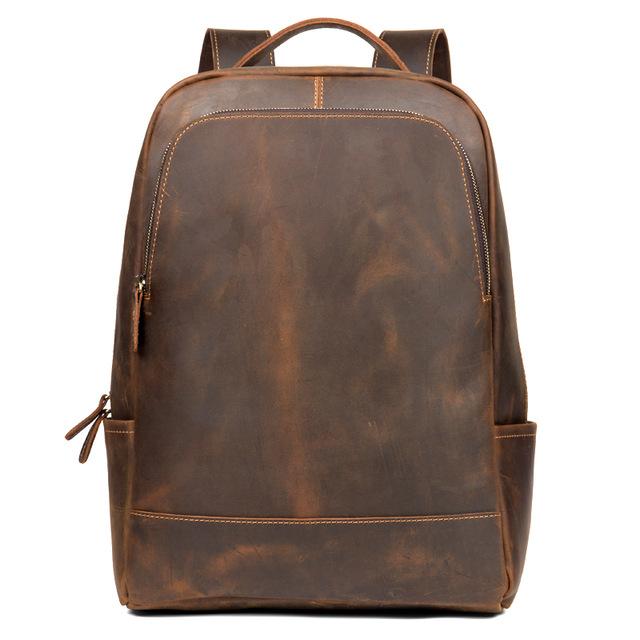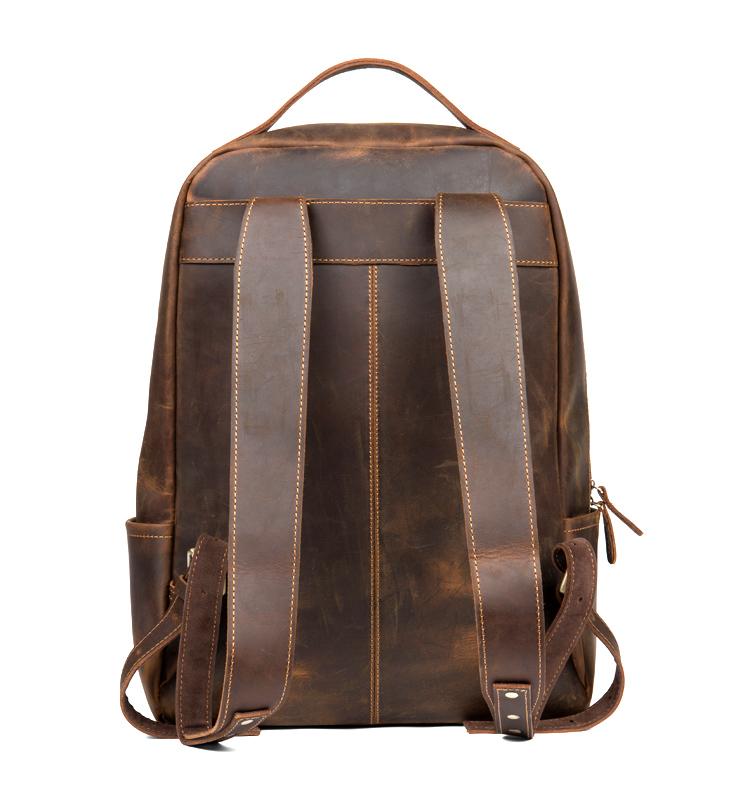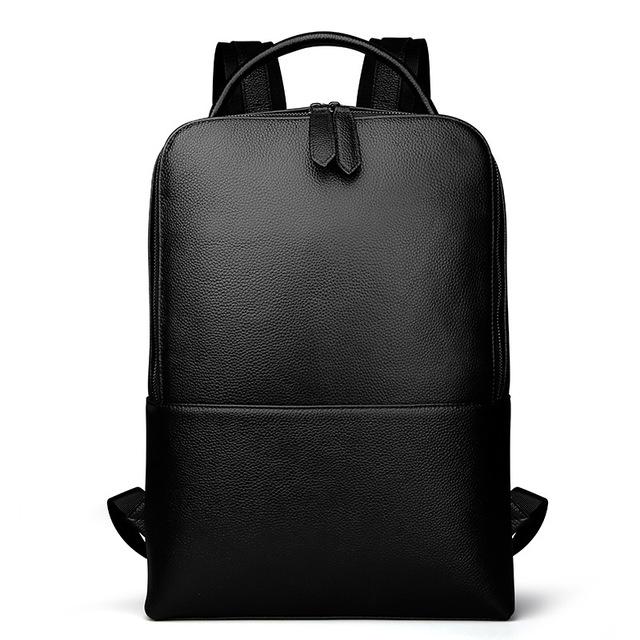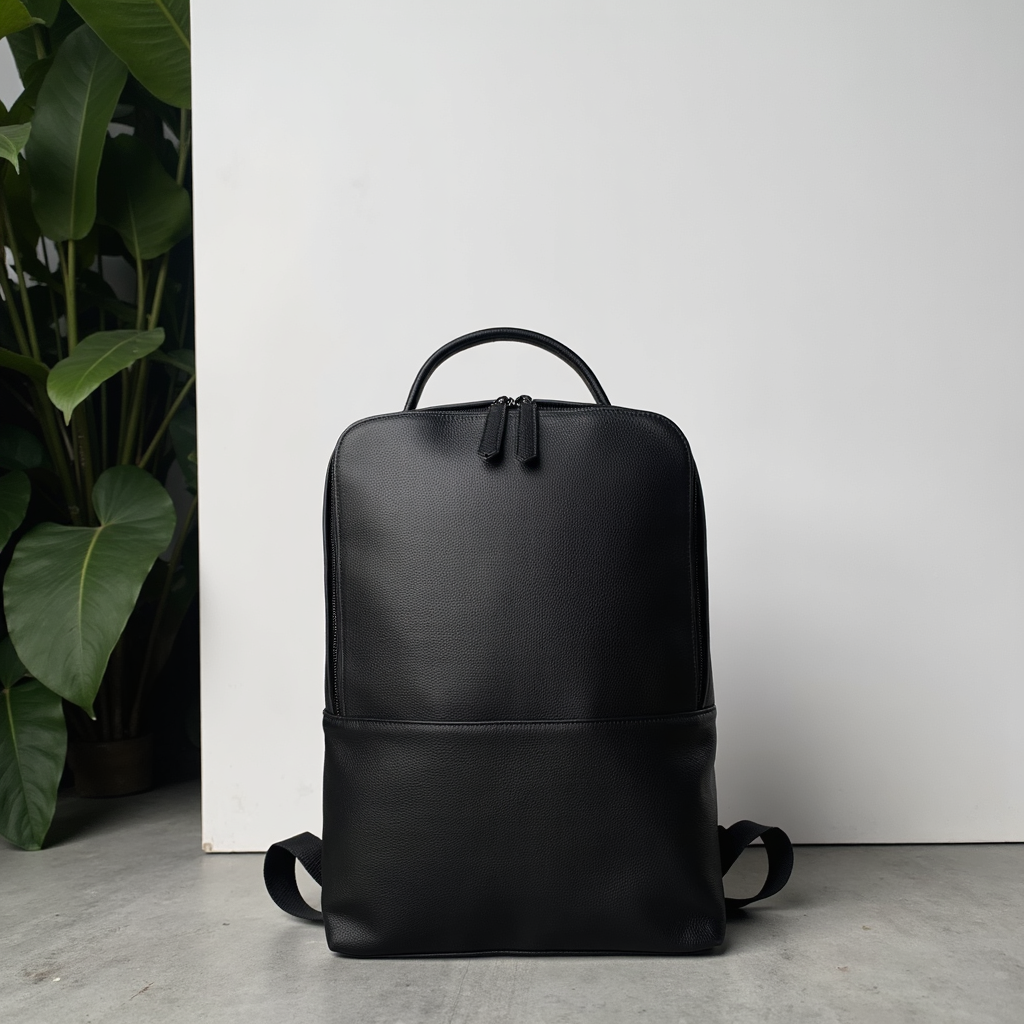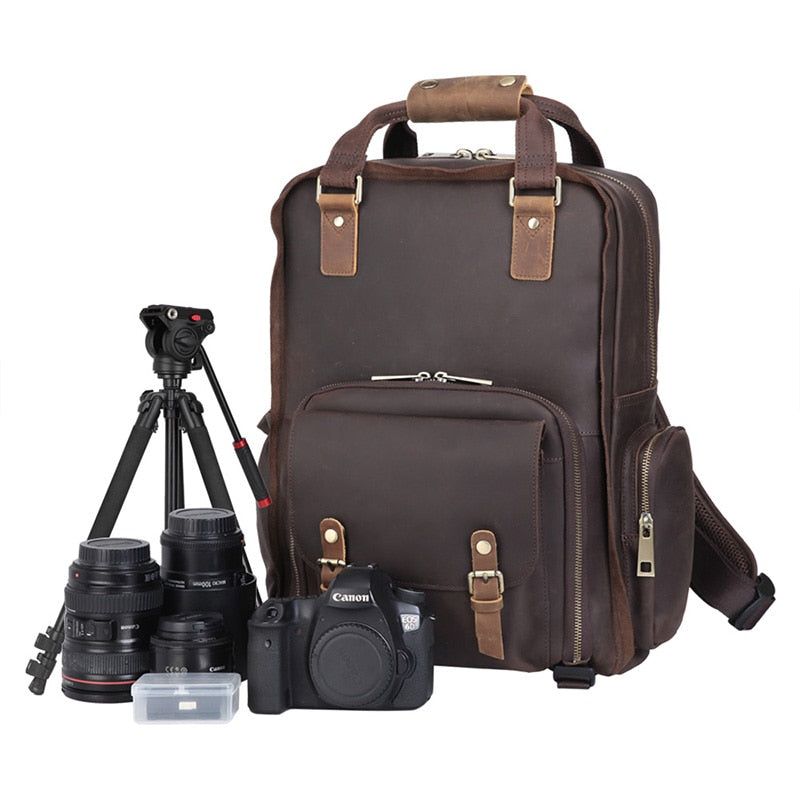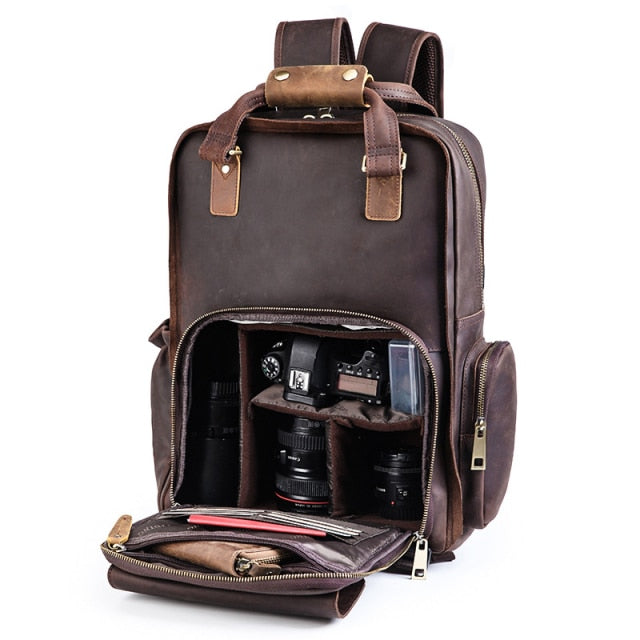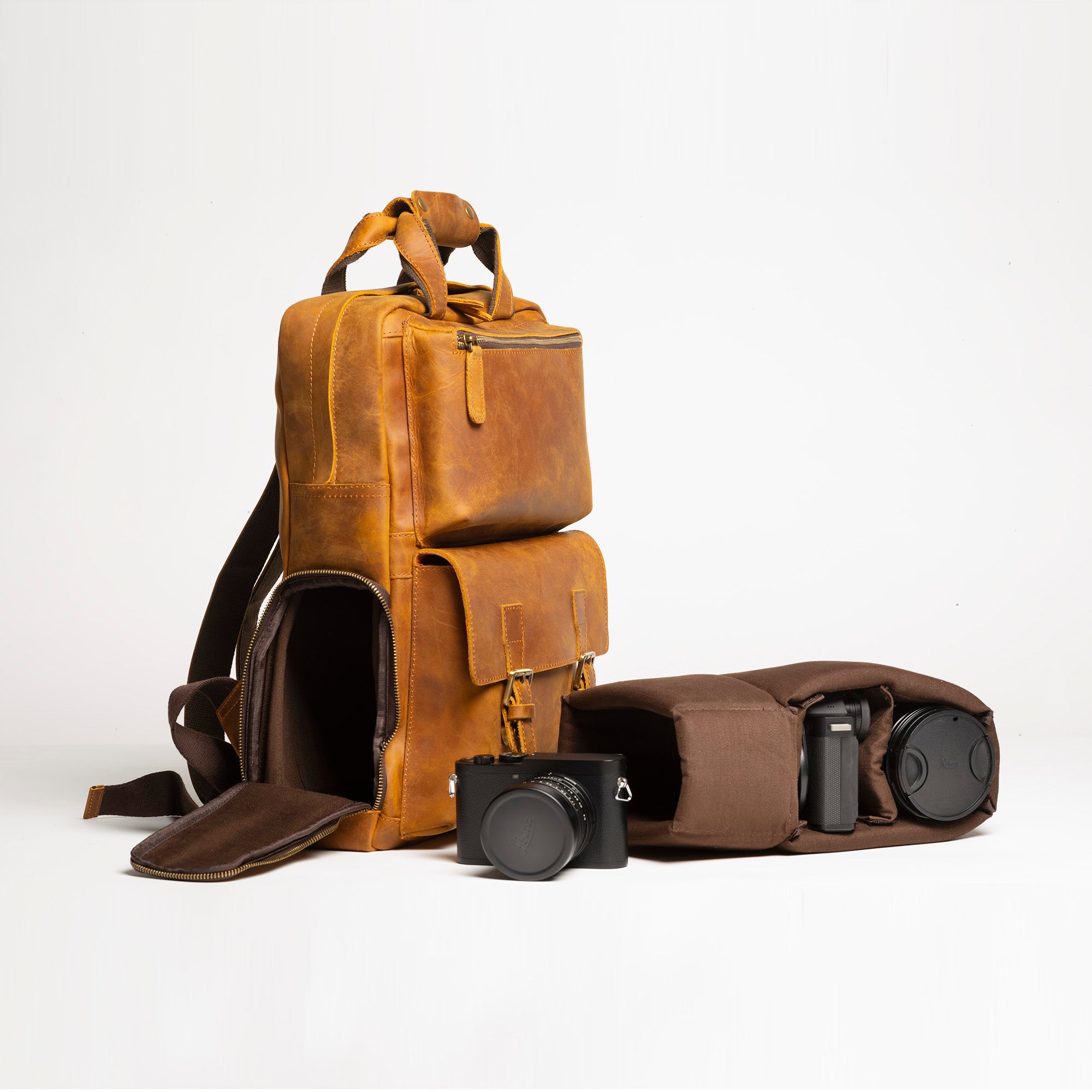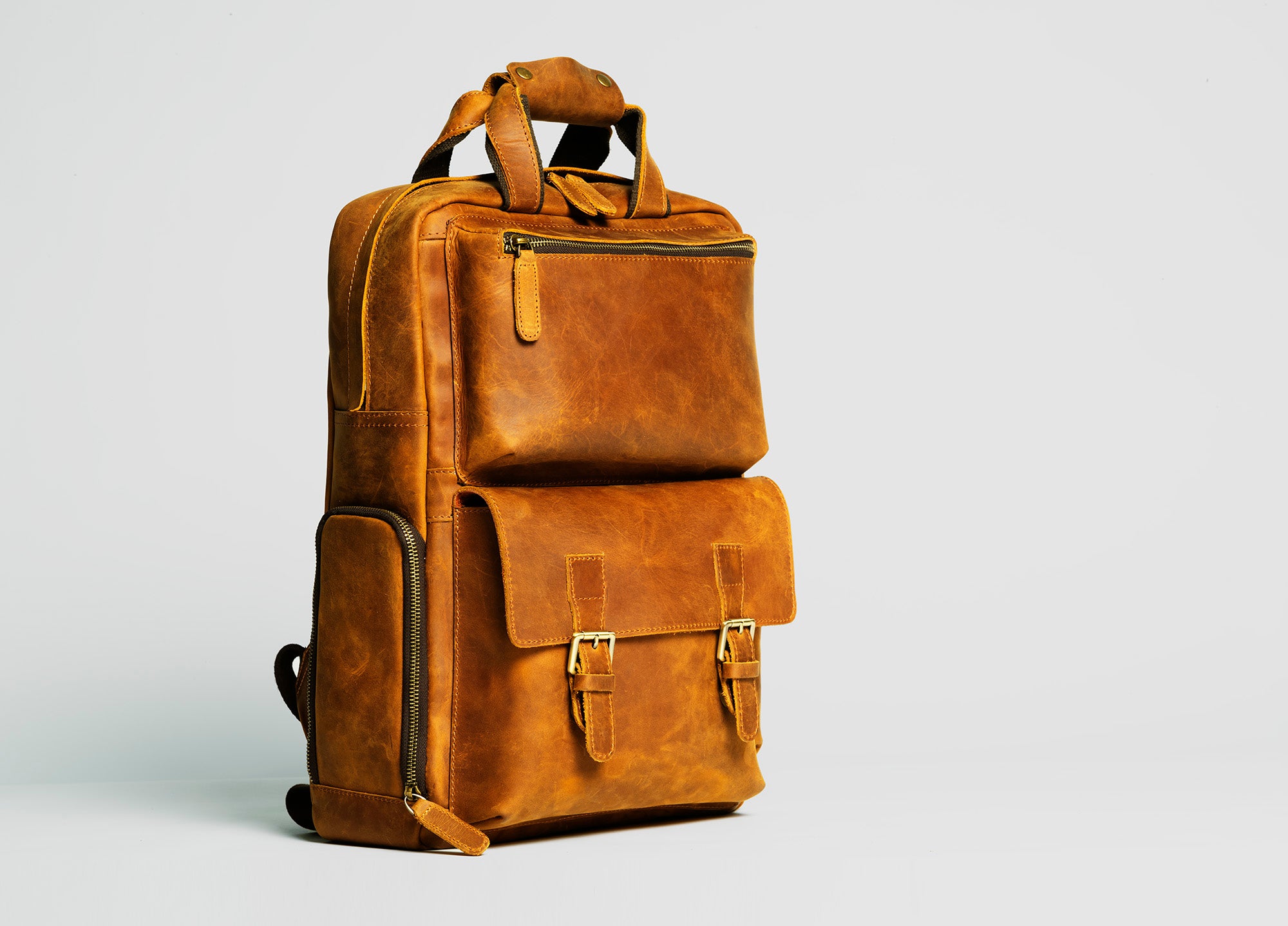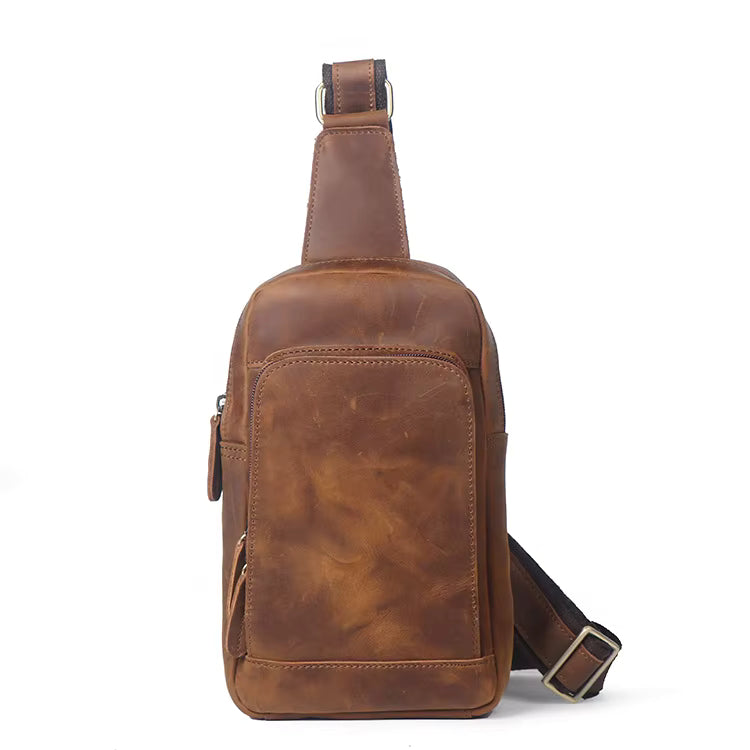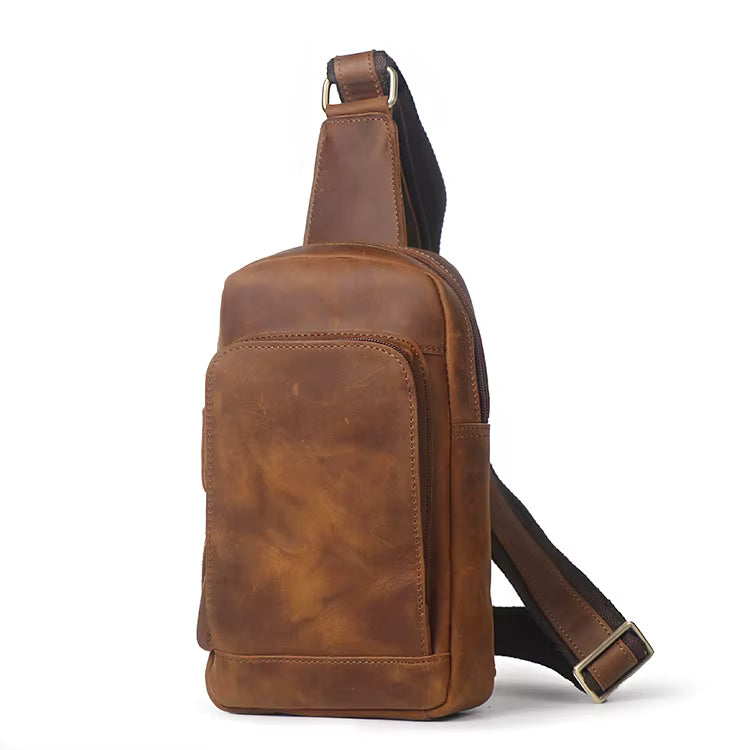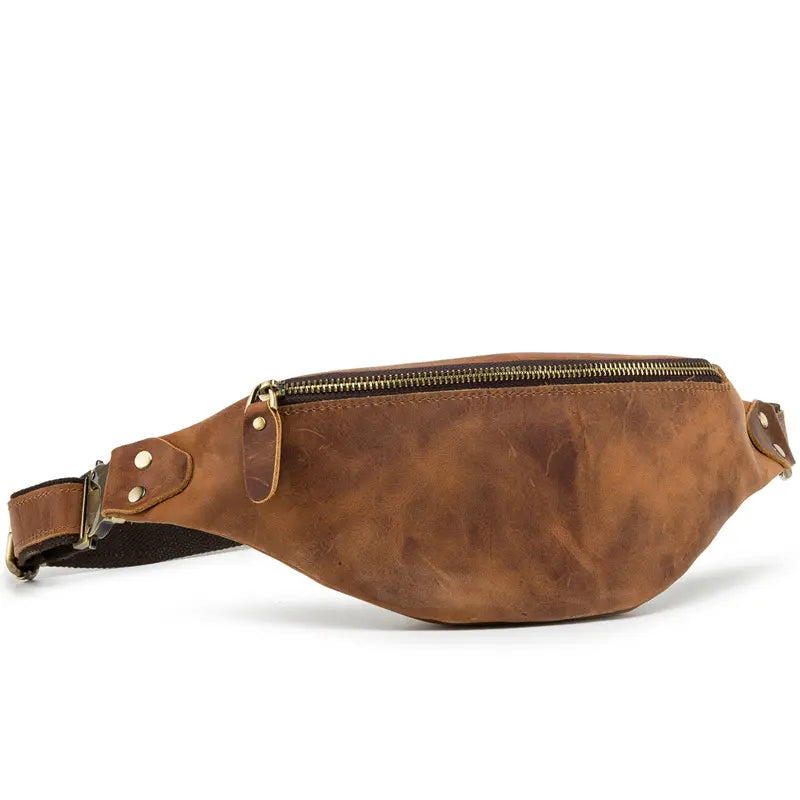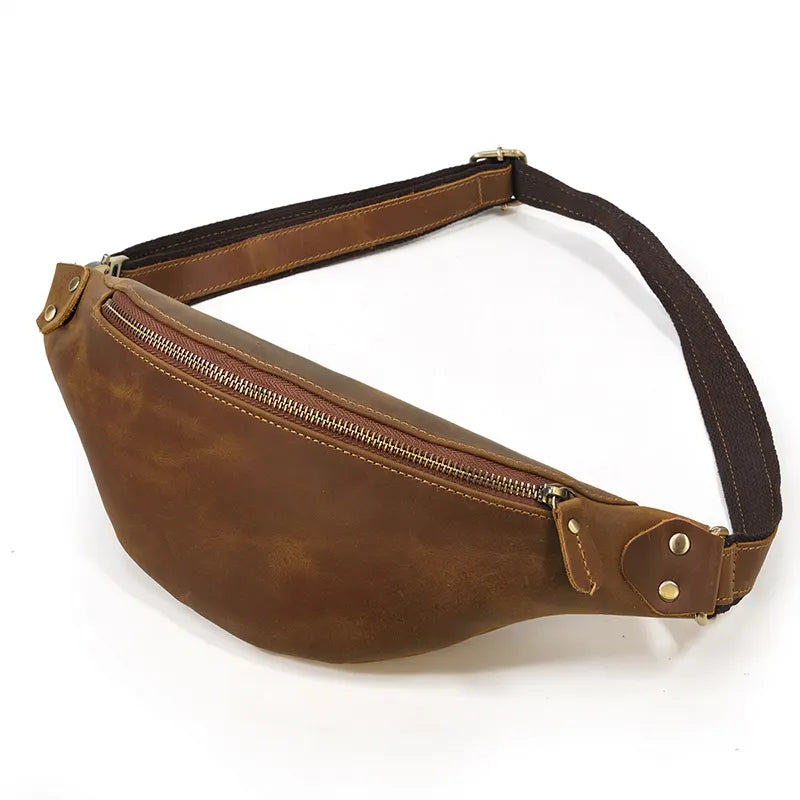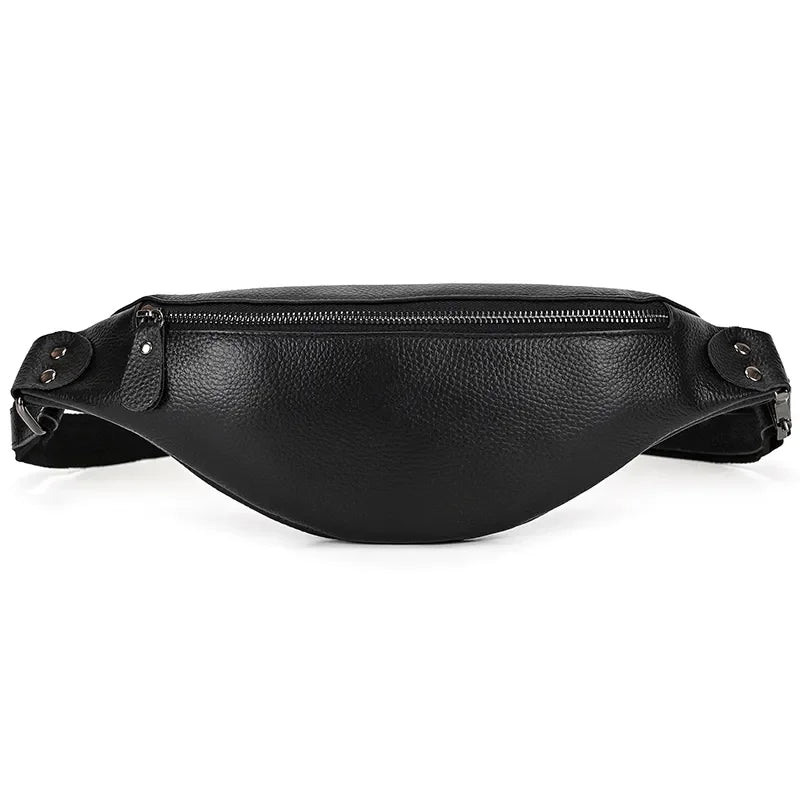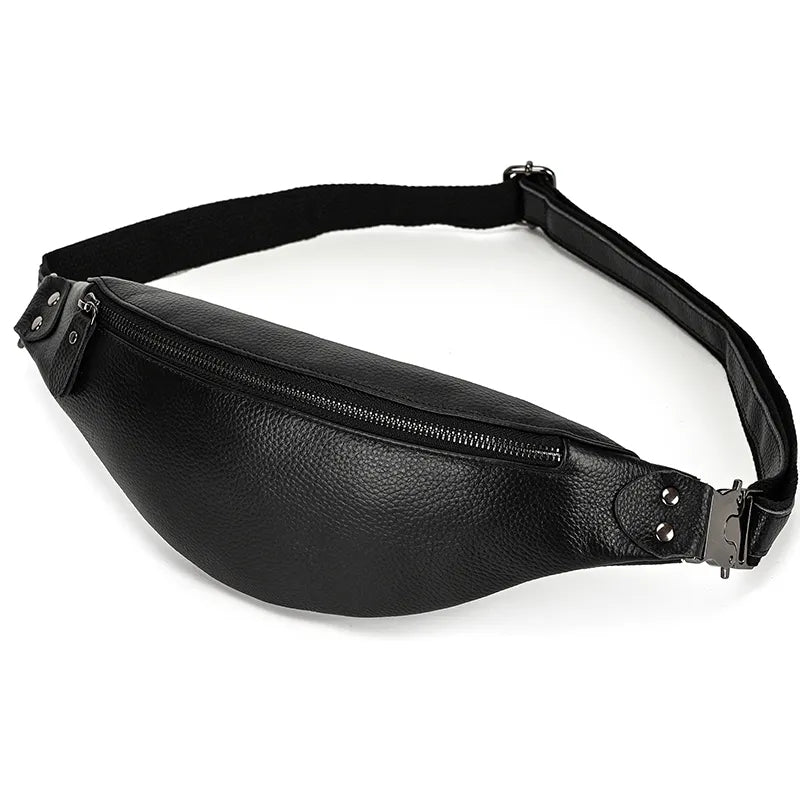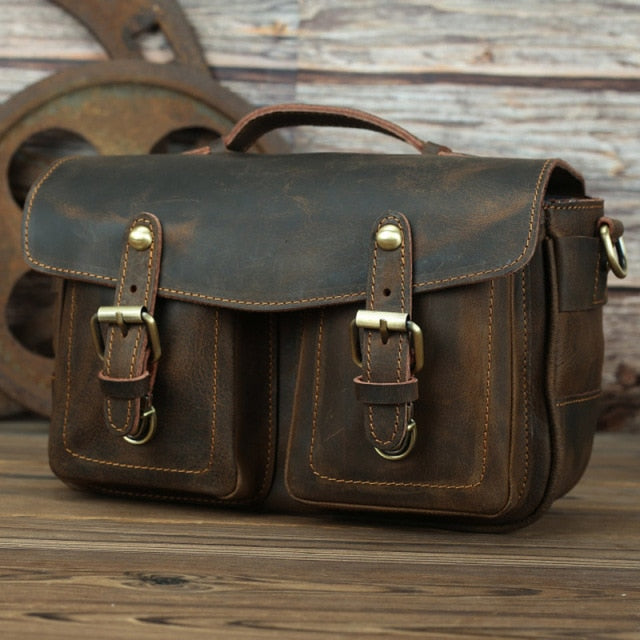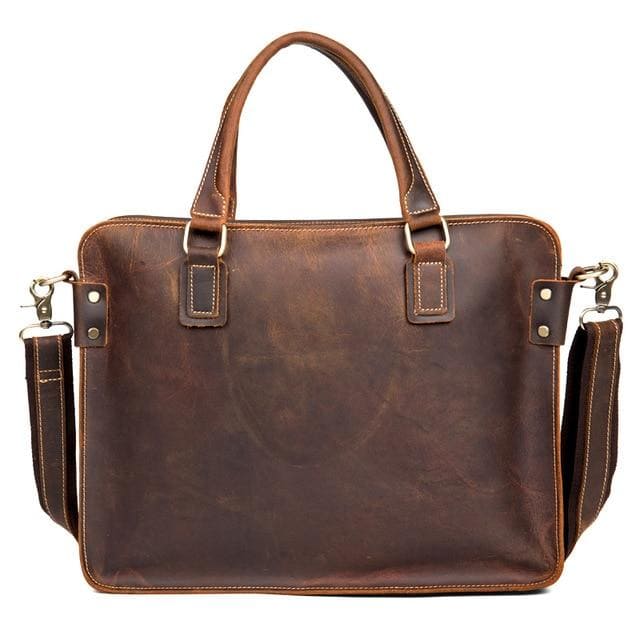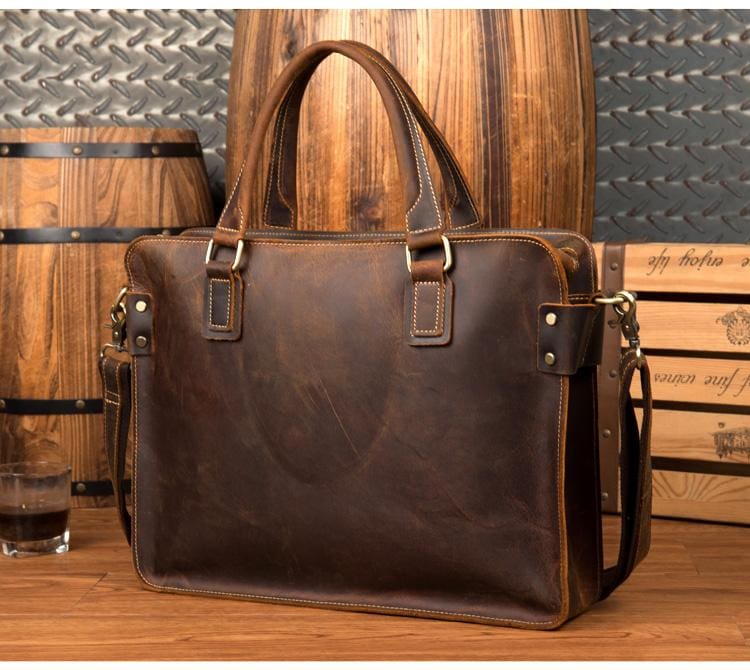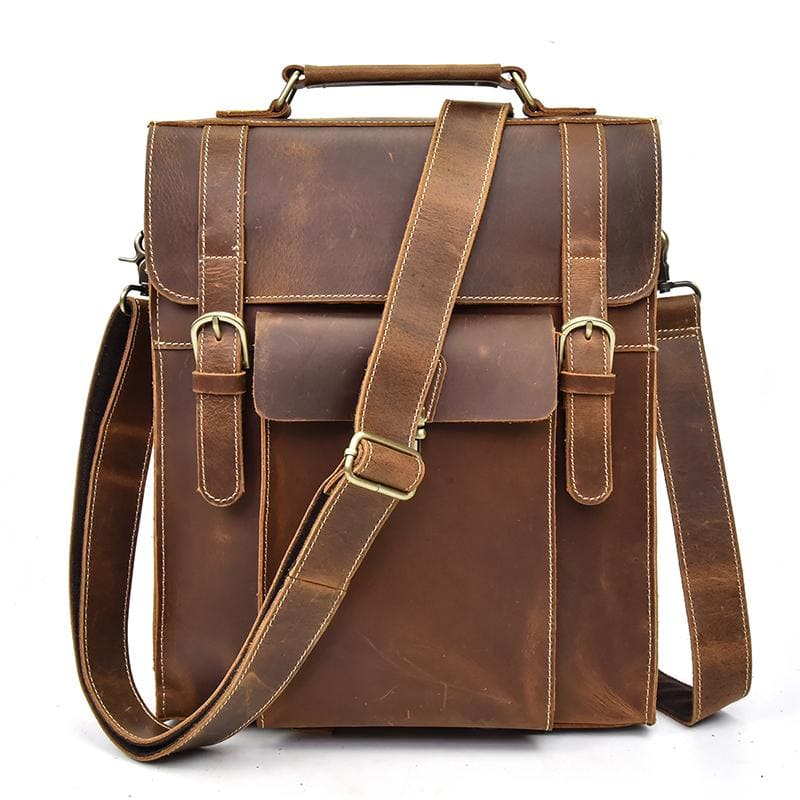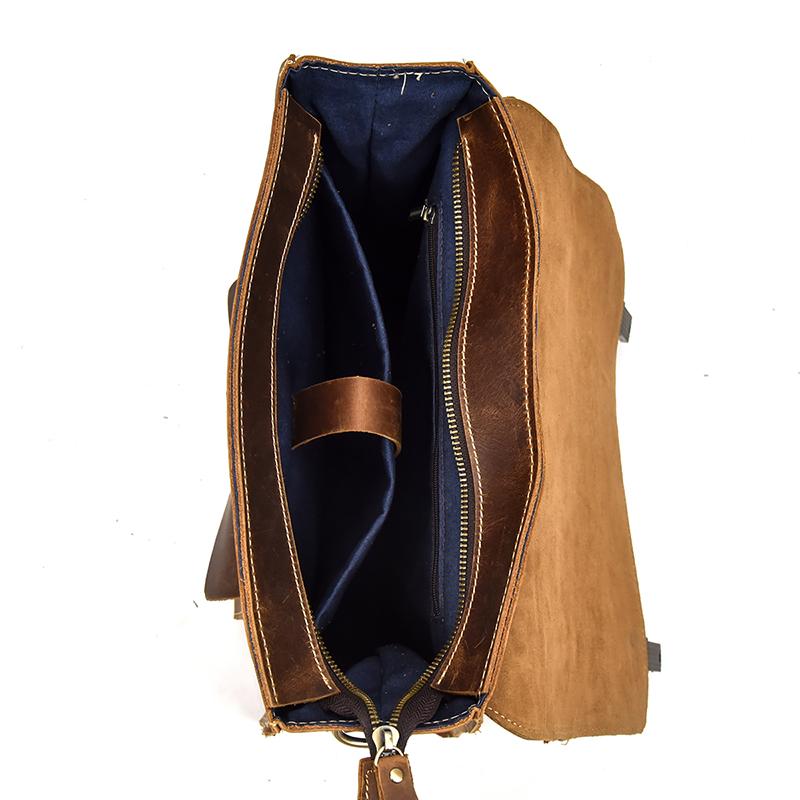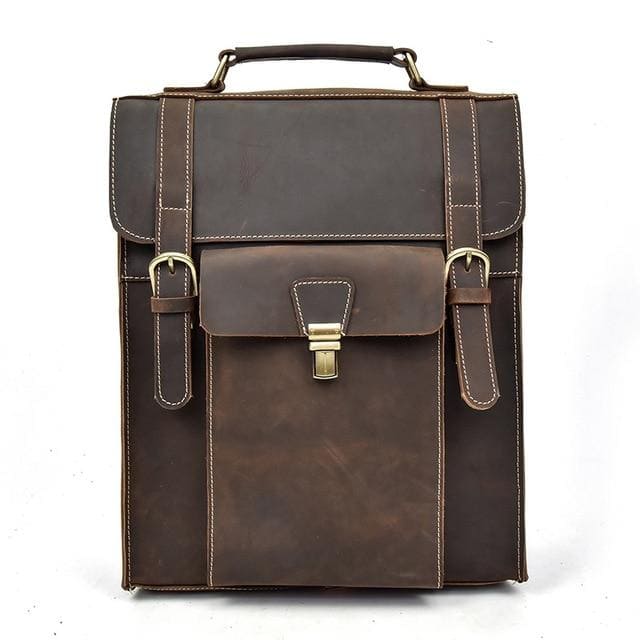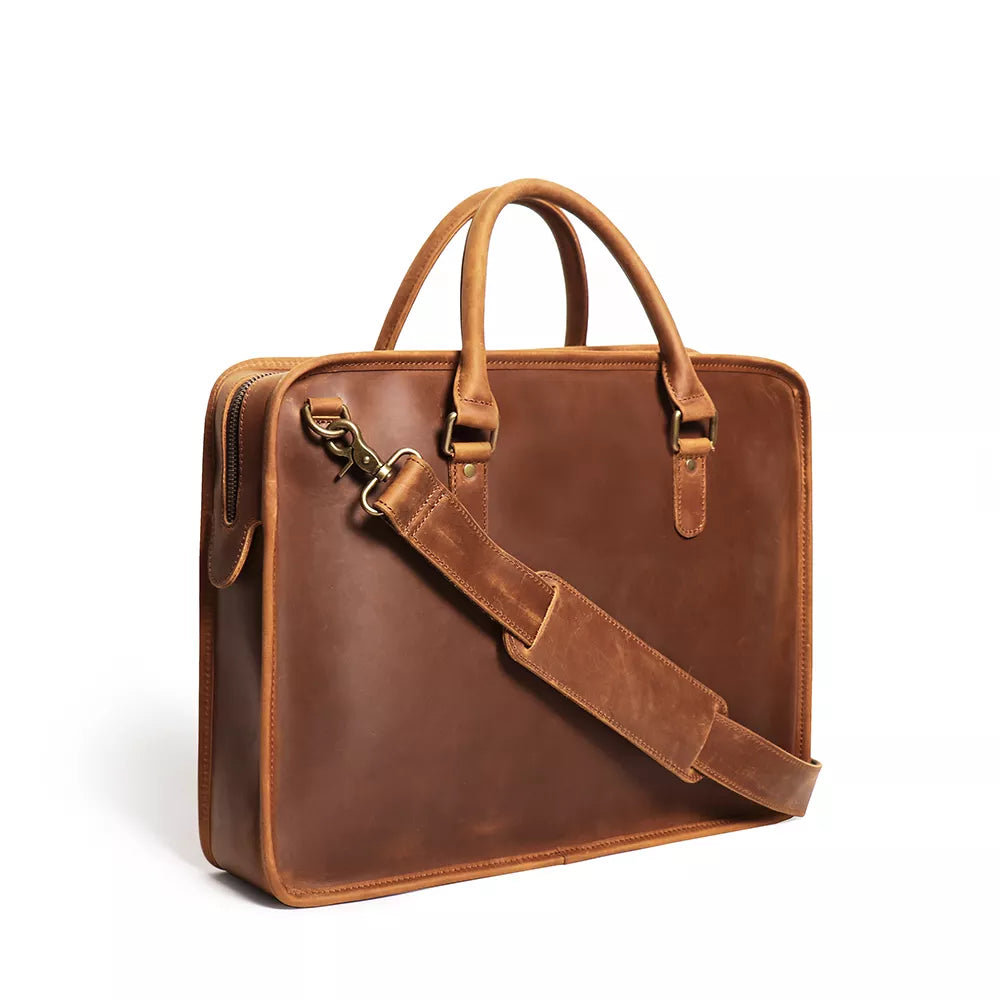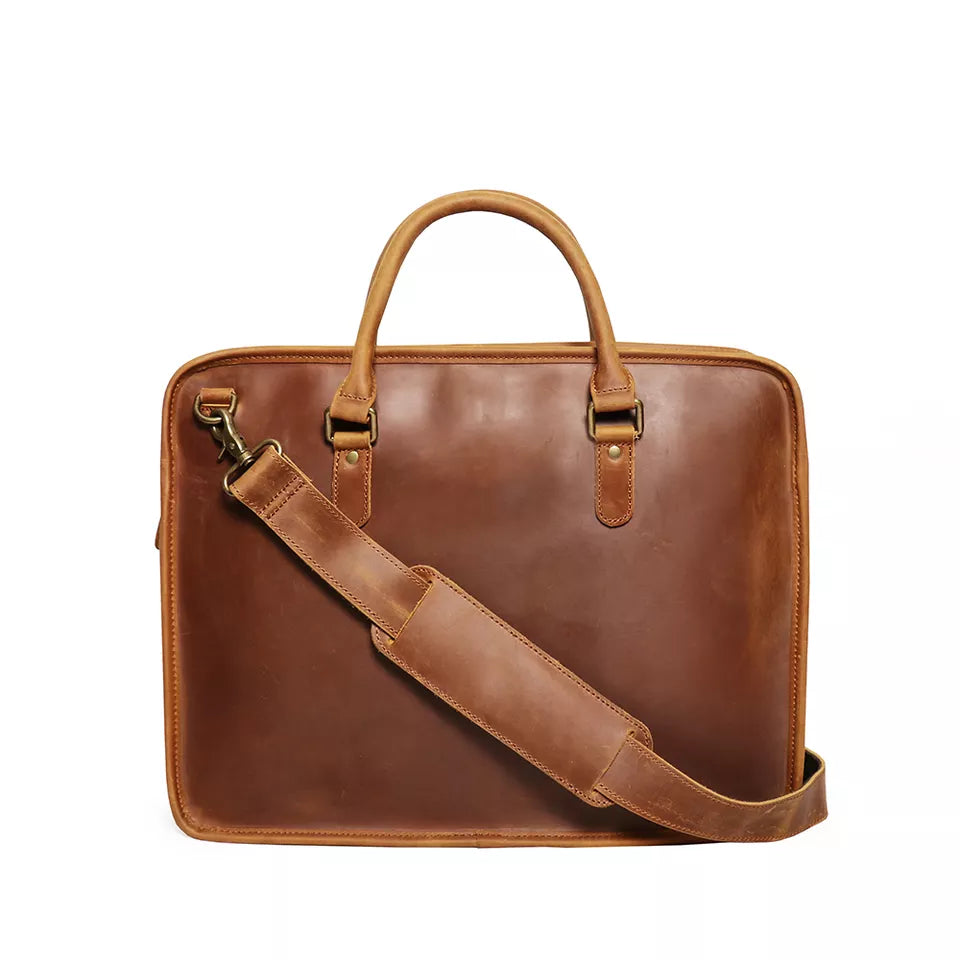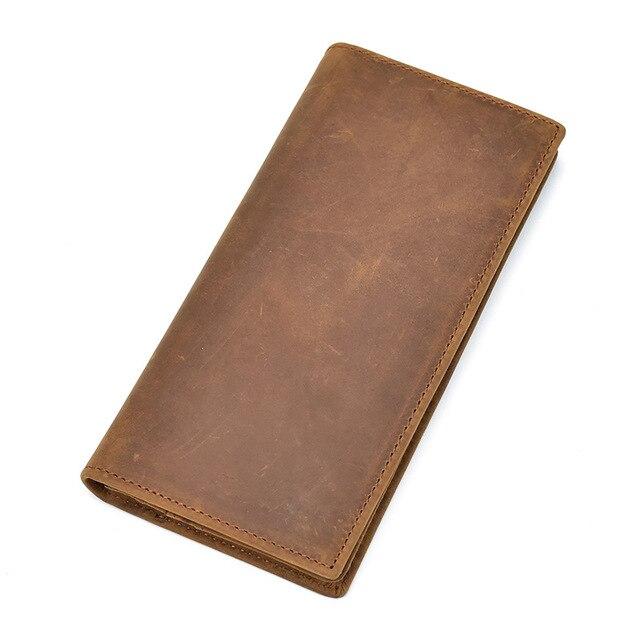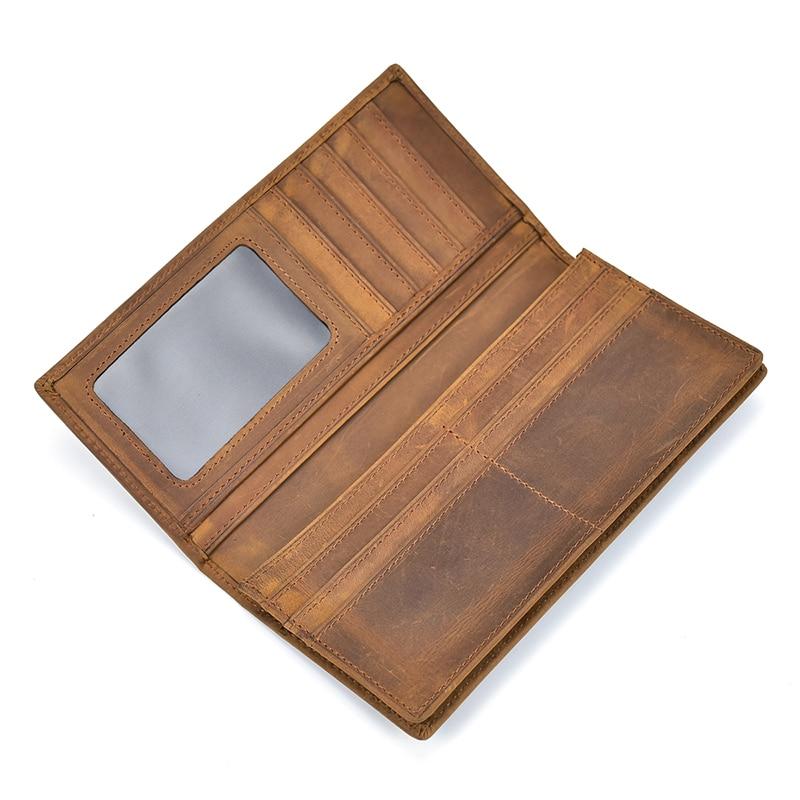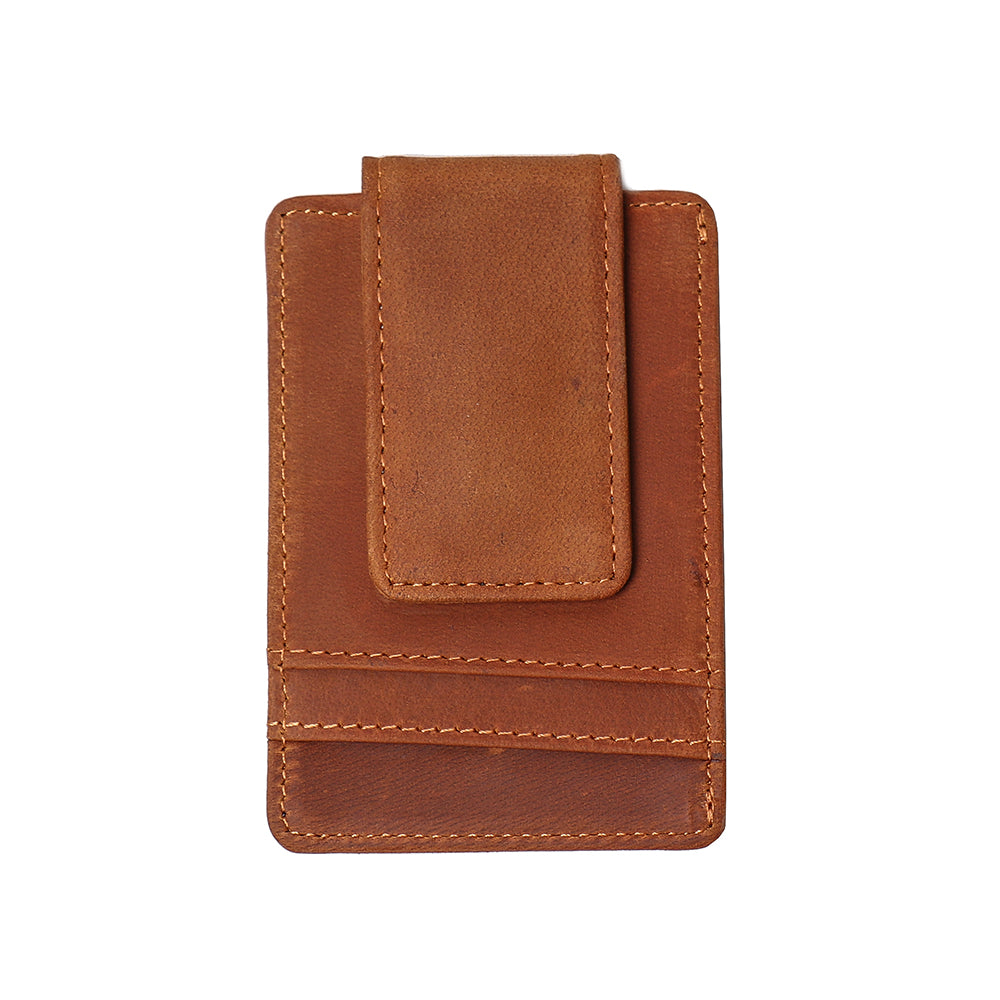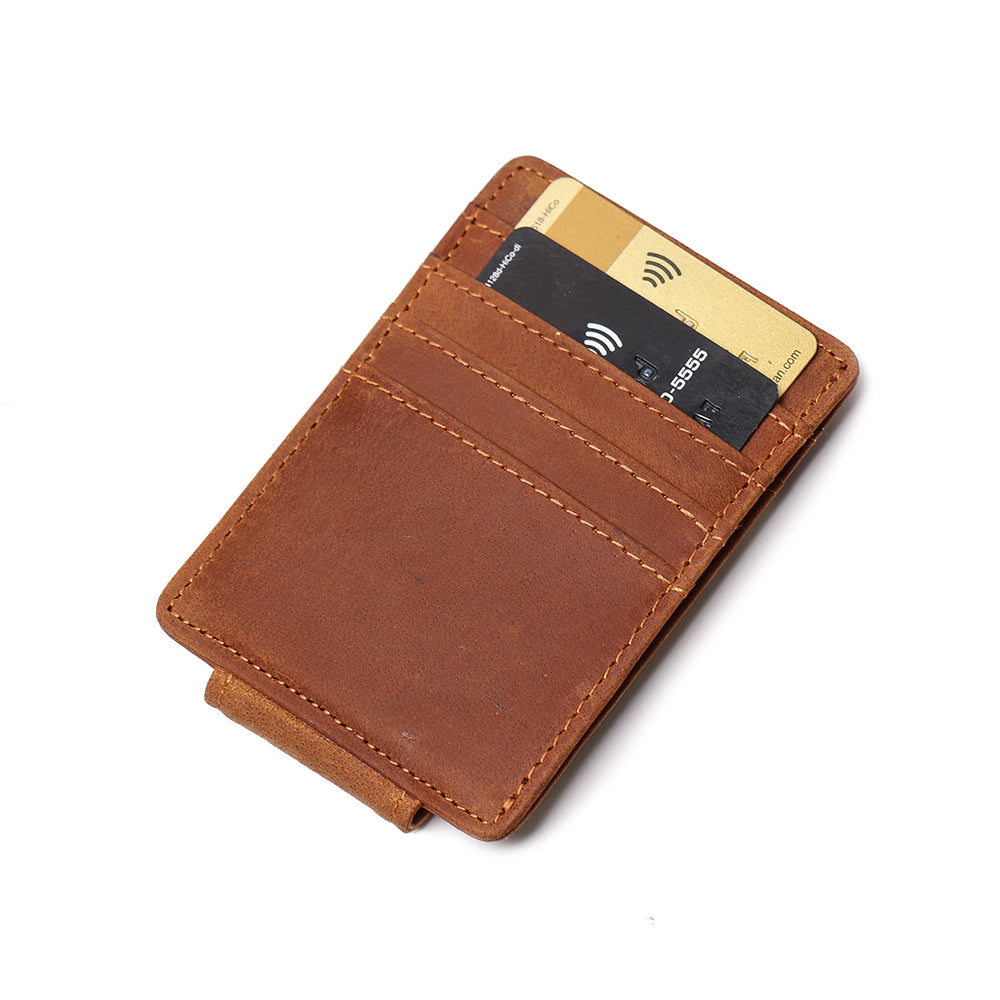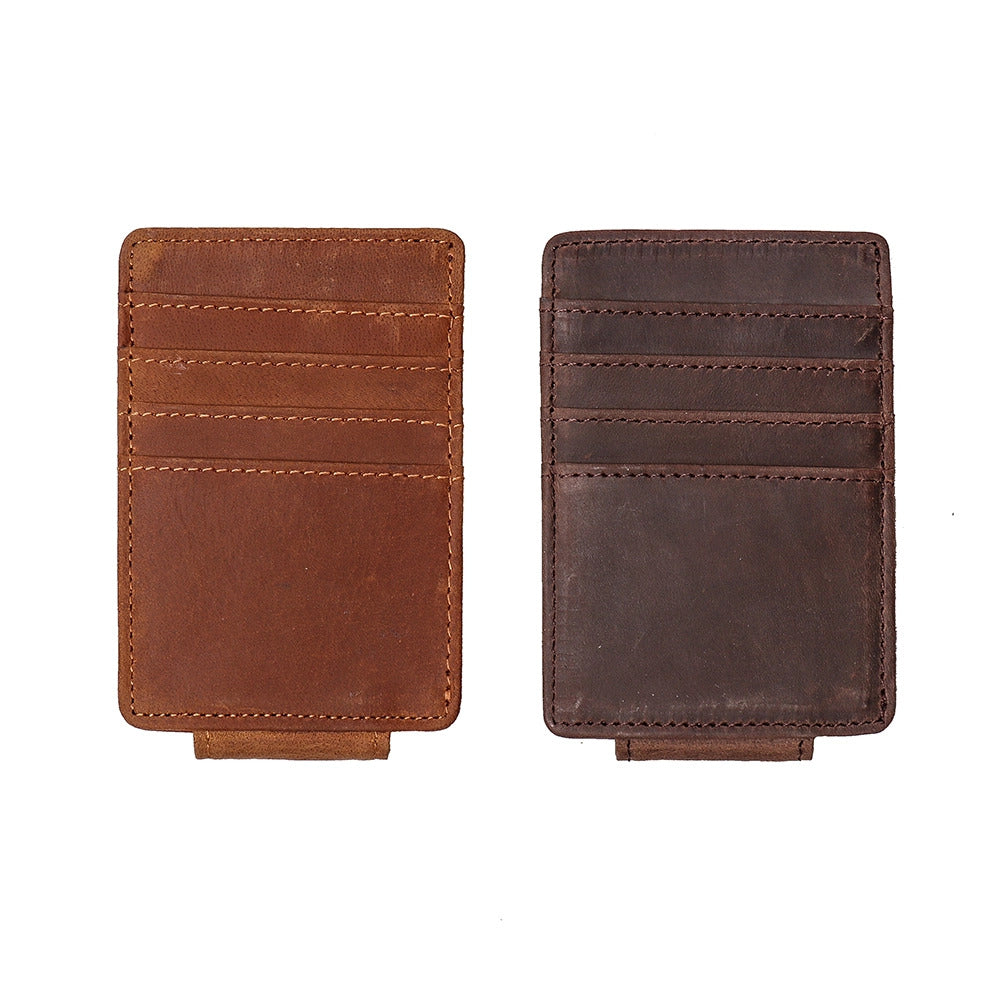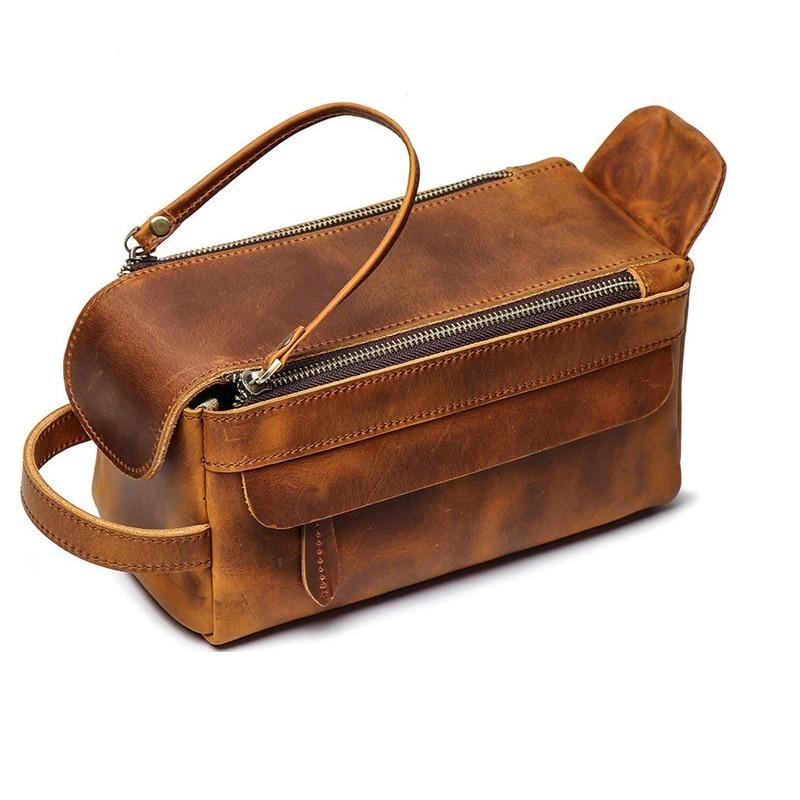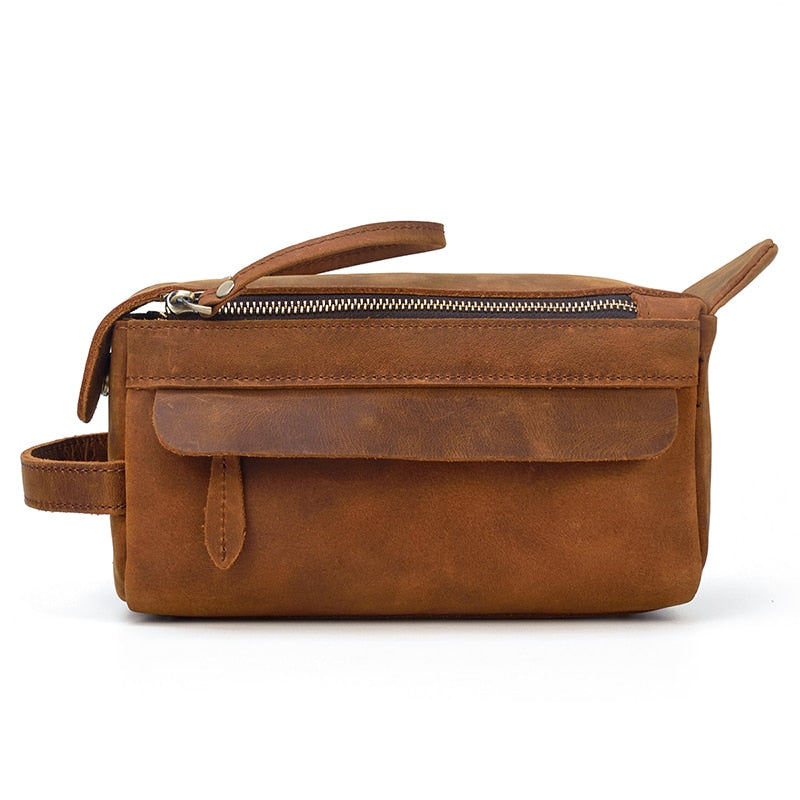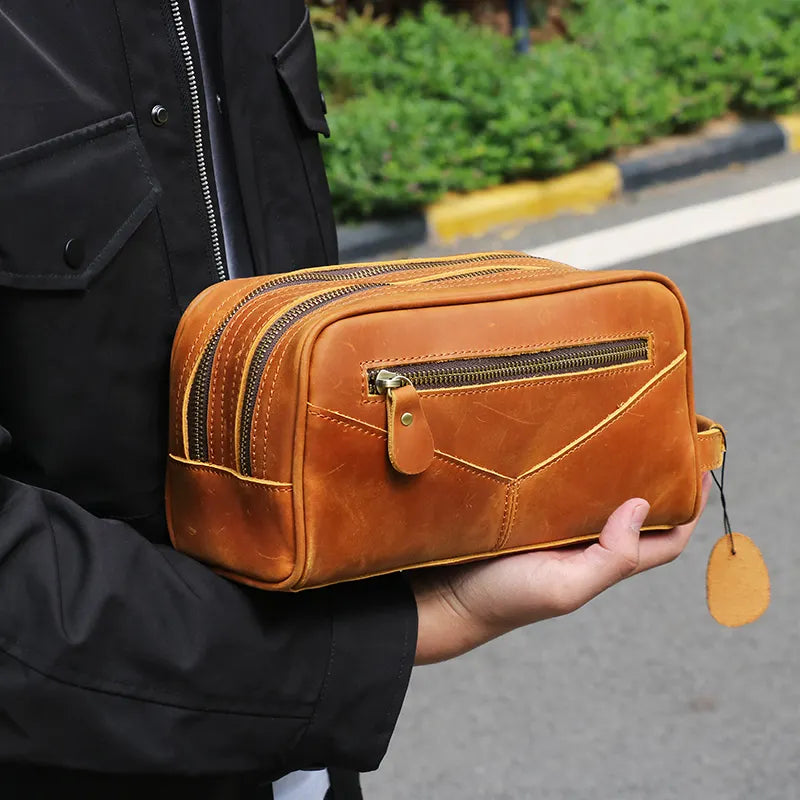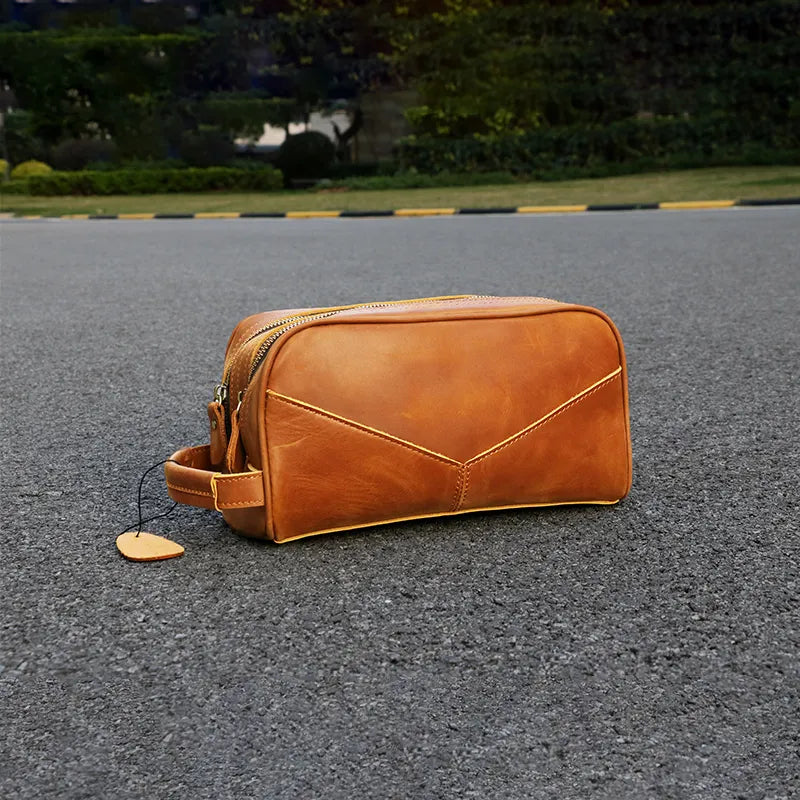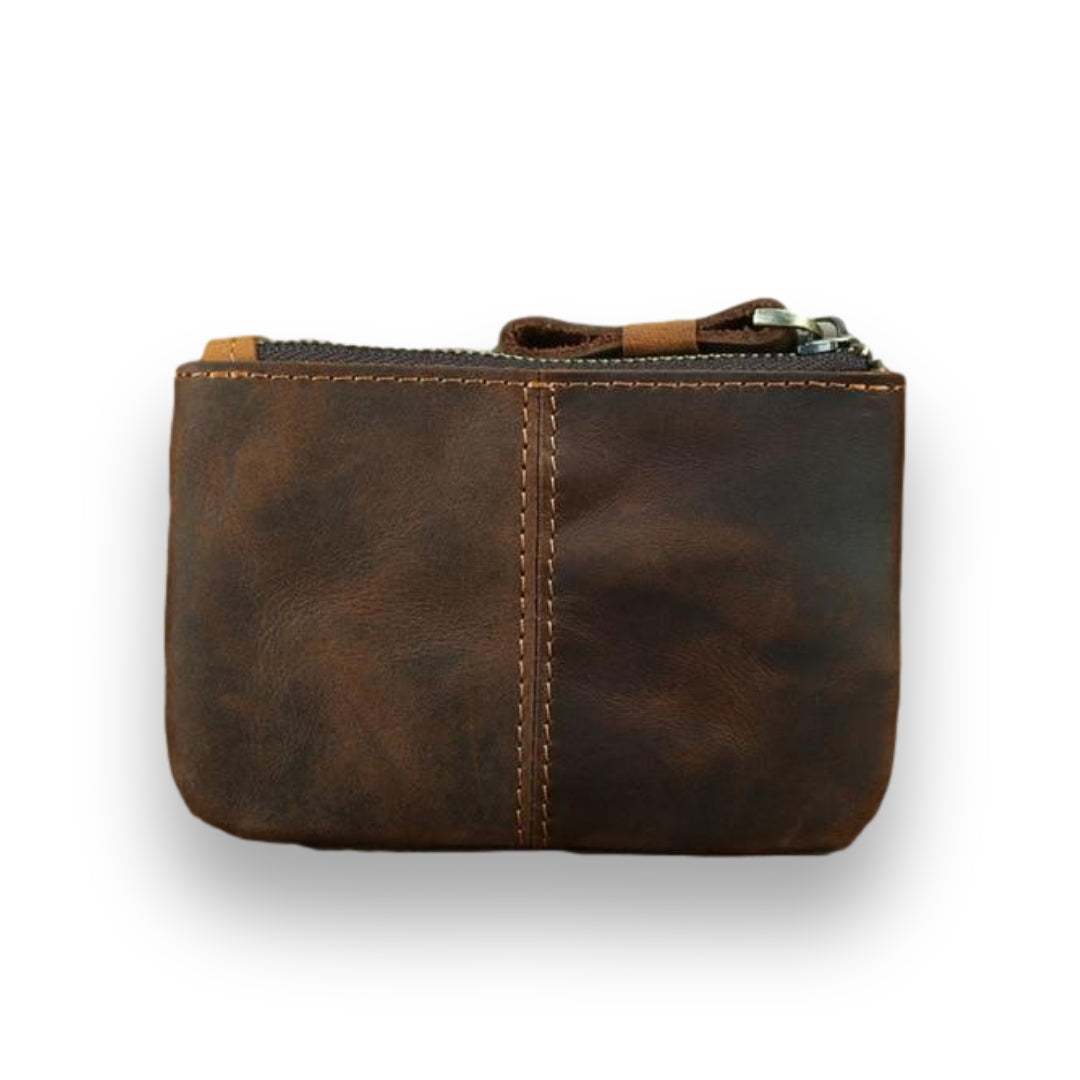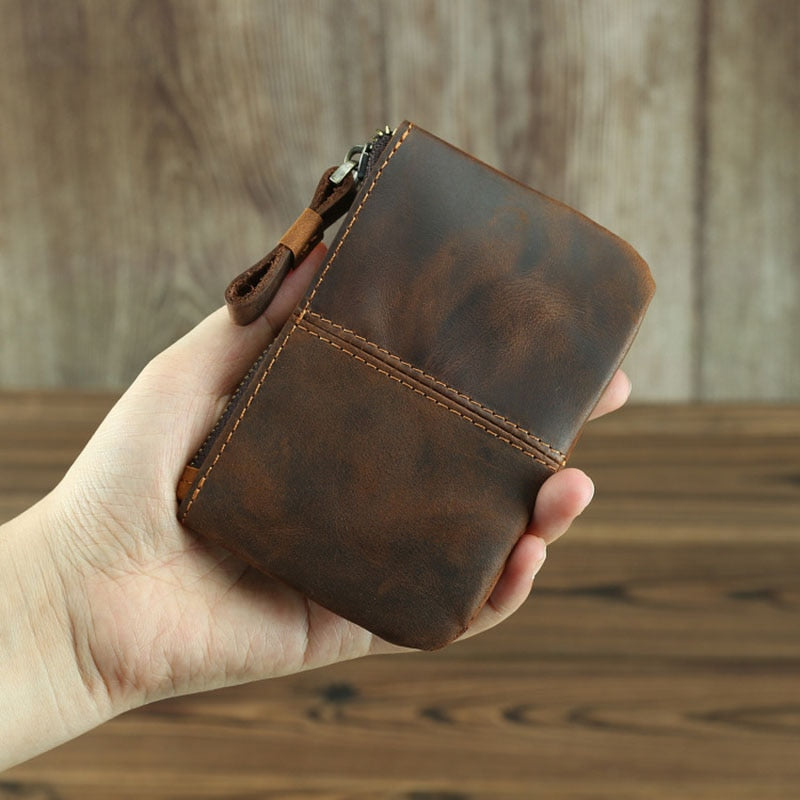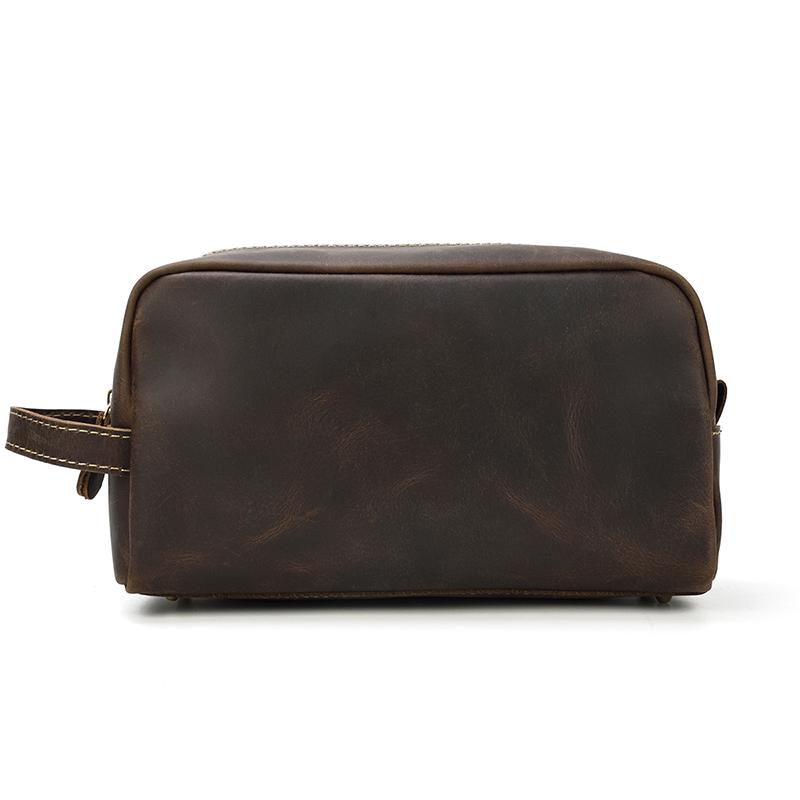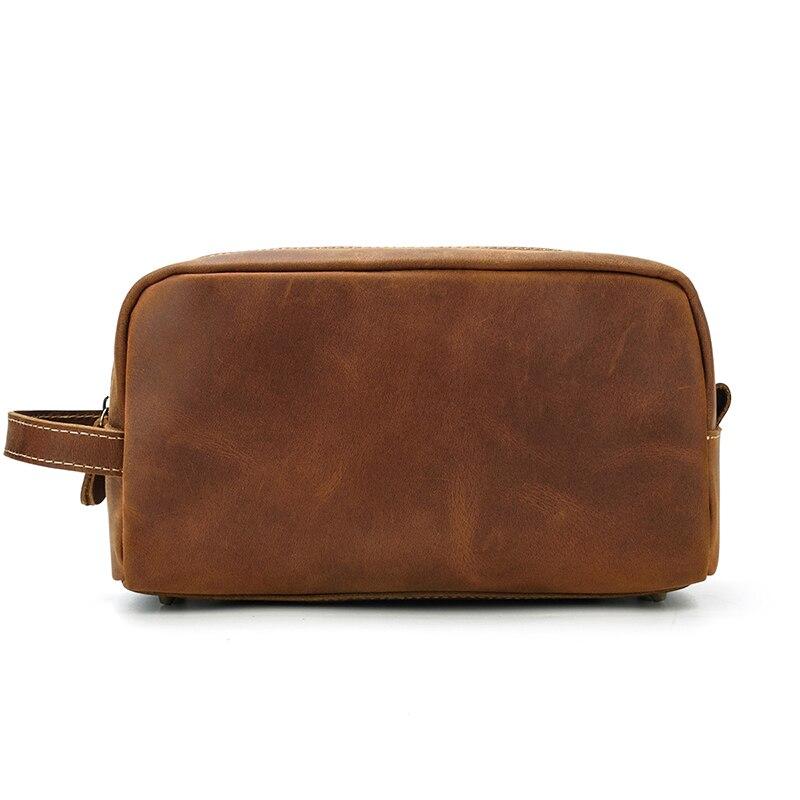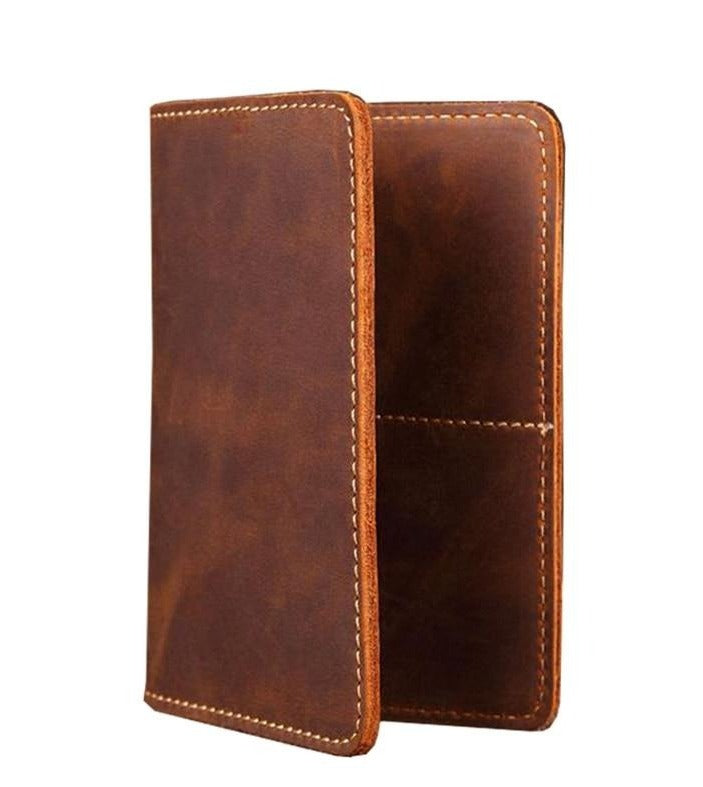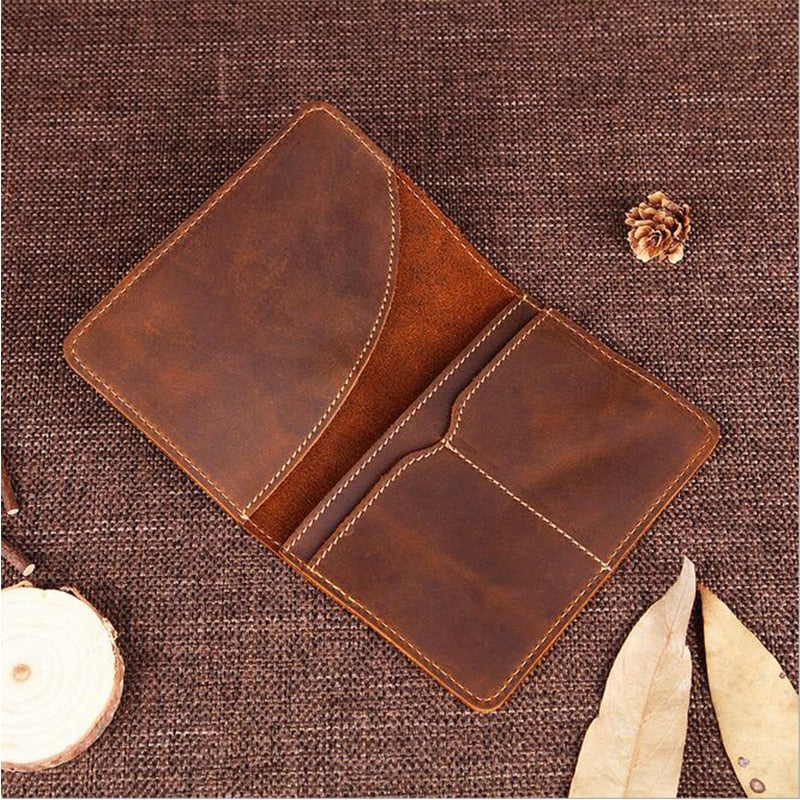Leather is a kind of natural fabric made commonly from animal skins like cows, goats or buffalos. It is a very popular material for being light yet strong, flexible yet durable. Because of its great characteristics, this material can be transformed into a variety of things. Things like bags, shoes, book covers, furniture and many more.
Key Takeaways
-
Leather quality varies dramatically across four main grades: bonded, genuine, top-grain, and full-grain, with full-grain being the highest quality and most durable option.
-
Full-grain leather can last more than a lifetime and develops a beautiful patina over time, making it both durable and aesthetically appealing as it ages.
-
Bonded leather, made from stitched leather scraps, is the lowest quality and degrades quickly, similar to vinyl in durability.
-
Top-grain leather is durable but only as long as its finishes remain unbroken, making the quality of seams and finishing crucial factors.
-
Genuine leather, despite its name suggesting authenticity, is actually a lower-grade material that's often doctored to appear higher quality than it actually is.
Our Expertise in Leather Craftsmanship and Quality Assessment
At Steel Horse Leather, we bring decades of combined experience in leather craftsmanship and quality evaluation to help you understand what makes leather truly exceptional. Our master artisans have dedicated their lives to perfecting traditional leather-working techniques, giving them an intimate understanding of how different leather grades perform over time. This hands-on expertise, combined with our obsessive attention to leather quality, allows us to provide you with authentic insights that go beyond surface-level knowledge.
We've spent years thoroughly vetting leather providers, examining everything from sourcing practices to tanning methods, which has given us deep insight into what separates premium leather from inferior alternatives. Our holistic approach to understanding leather - from hide selection to final product creation - means we can guide you through the complexities of leather quality with confidence. When we discuss the longevity and characteristics of different leather grades, we're drawing from real-world experience of working with thousands of hides and creating products that our customers rely on for years of daily use.
Understanding Leather Quality

Before we answer the question on how long does leather actually lasts we have to know its different qualities. For those who are new to this material choosing the best quality may be quite difficult for the untrained eye. The difference in quality may not be so obvious. This certain fabric may just look all the same but that is where they are wrong. It has varying qualities and the higher the quality the longer it will last. However, just so we are clear faux leather is not leather!
Bonded Leather
Starting with the lowest grade, we have bonded leather. It has the lowest quality among the four since it is literally stitching leather scraps together. They are usually weak and often degrades quickly. Its quality is quite similar to vinyl.
Genuine Leather
Moving a grade higher, we have genuine leather. It is the bottom part of the raw fabric after splitting it into two; the top part being the top-grain. It has a lower quality compared to the top-grain because it is not as durable and as strong.
Ascertaining genuine from other grades is quite a task. This is because this grade of the fabric is often doctored to look like a top-grain. There are however several things to look for in order to identify whether it's top grade or just genuine. First, is that there is usually a branding in the material. It is often firmer or stiffer as compared to the others. It is not as strong and durable from the others as well.
In this grade of material one example would be suede.
Top-grain Leather
Although it is called the "top", it is not the highest quality of leather. It is the top part of the raw fabric after splitting the leather into two, the bottom part being the genuine leather. Unlike its bottom counterpart, top-grain is more durable and is softer. Top-grain has less grain and more corium as compared to full-grain. This is because it goes through the process of sanding and buffing.
Full-grain Leather
Saving the best for last is thefull-grain. It is the strongest and most durable part of the animal's hide. It is of high quality because it is at the top-most layer of the animal hide, just below the hair. Unlike top-grain, it is undoctored. This means that full-grain l has not been sanded down nor buffed nor snuffed. This gives the full-grain a more natural look and high quality.
Leather Durability: How Long Each Grade Lasts
While high-quality leather can typically last a lifetime, its endurance depends significantly on its grade. Full-grain, in particular, stands out for its longevity and ability to age beautifully.
| Leather Grade | Quality Ranking | Expected Lifespan and Durability | Key Longevity Factor / Recognition |
|---|---|---|---|
| Bonded Leather | Lowest | Will not last long, especially with everyday use. Subject to wear and tear and degrades quickly. | Weak and not durable compared to other grades. |
| Genuine Leather | Low/Mid-Tier | Durability and lifespan are not promising compared to top-tier grades. May last long if taken good care of, but not as long as Top-grain or Full-grain. | Lower quality means it tends to rip apart under stress. |
| Top-grain Leather | Second Highest | Quite strong and durable. Will often last a lifetime with proper care and use. | Durability is dependent on its finishes remaining unbroken. Check seams and finishes when purchasing. |
| Full-grain Leather | Highest | Absurdly durable and strong. Known for long-term endurance and will last even more than a lifetime. | Made naturally (not sanded down). It ages beautifully, developing a desired patina (color change) over time. Considered a great investment. |
How Long Will It Last: Bonded
Having the lowest grade, it will logically tell you that it will not last that long. Bonded leather is weak compared to the others. It is not as durable and may be subject to wear and tear as it degrades quickly the more it is used. It may not last that long especially when it is used every day.
How Long Will It Last: Genuine
While genuine leather is not as bad as the bonded its durability and life span is not that promising. Because it has a lower quality than top-grain and full-grain it will tend to rip apart when placed under a certain amount of stress. Genuine leather may tend to last long if taken good care of. It may not however last as long as the other top tier materials.
How Long Will It Last: Top-grain
Number 2 when it comes to quality, top-grain is quite strong and durable. The reason however for not placing at the top of the tier is because of one flaw. Top-grain is only as durable as its finishes remain unbroken. Therefore, when opting to purchase items made from top-grain make sure to check its seams and finish. This grade of leather will often last a lifetime with proper care and use.
How Long Will It Last: Full-grain
Full-grain is regarded as having the highest quality of leather. It is absurdly durable and strong which is why it is most preferred out of all the other grades of leather. It is a material known for its long term endurance and will therefore last even more than a lifetime.
There is something unique about full-grain leather that no other leather grade possesses as well. Not only does it last for more than a lifetime but it ages beautifully as well. It develops a patina which changes color over time. A characteristic highly desirable for any leather enthusiast. The reason for its overtime beauty is because it is made naturally rather than being sanded down to obtain a natural look. They say that this, therefore, makes every full-grain product unique as no two hides are exactly the same.
Full-grain leather, therefore, is not only beautiful but a great investment as well. Just make sure to treat it properly and it will definitely last for more than a lifetime.
Frequently Asked Questions
How Can I Tell If I'm Being Sold Genuine Leather When I Want Higher Quality?
Look for telltale signs that indicate genuine leather rather than top grain leather or full grain leather. Genuine leather often has branding stamped into the material, feels firmer or stiffer compared to higher grades, and may have an artificially uniform appearance since it's often doctored to mimic top-grain leather. Higher quality leather products typically feel softer and more supple, maintaining their natural texture and natural imperfections from the original animal hide. Unlike faux leather or vegan leather made from synthetic materials like polyvinyl chloride, authentic leather will show the unique characteristics of the tanning process. Be wary of bonded leather or split leather, which are lower-grade alternatives that may be marketed alongside genuine options. Quality cowhide leather, buffalo leather, or even exotic leathers will have distinct characteristics that set them apart from leather alternatives.
Is It Worth Paying More For Full-Grain Leather Products?
Yes, full-grain leather is an excellent long-term investment with superior long term endurance. While it costs more upfront than bonded leather or synthetic materials, it can last more than a lifetime with proper care and maintenance and actually becomes more beautiful over time as it develops a unique patina. This makes it more cost-effective than repeatedly replacing lower-grade leather items like leather bags, leather shoes, or leather furniture. Whether you're investing in a leather jacket, leather belts, or even bar stools and lounge chairs, full-grain options resist wear and tear better than alternatives. The natural oils in the animal skins help maintain flexibility, and with regular application of leather conditioner and leather cleaner, these products can withstand daily use at stress points while maintaining their appearance.
What Does It Mean When Leather Develops A Patina?
Patina refers to the natural color changes and character that full-grain leather develops over time through use and exposure. This aging process is highly desirable among leather enthusiasts because it creates a unique, rich appearance that cannot be replicated artificially in faux leather or vegan full-grain leather alternatives, making each piece one-of-a-kind. The patina development varies depending on the type of leather - whether it's lambskin leather, goat leather, or saddle leather - and the tanning process used, such as vegetable tanning or chrome tanning. Handcrafted leather items often develop the most beautiful patina due to their quality construction and stitching techniques. Even exposure to heat and daily handling contributes to this natural aging process that synthetic materials simply cannot replicate.
Can Lower Grade Leathers Be Made To Last Longer With Special Care?
While proper care and maintenance can extend the life of any leather product, it cannot overcome the fundamental structural limitations of lower-grade materials. Bonded leather will still degrade quickly regardless of care, and genuine leather may last longer with maintenance but will never match the durability of top-grain or full-grain leather. Regular use of leather care products, including leather oil and leather UV protectant spray, can help, but these treatments work best on higher-quality animal skins. Keeping items in a moisture-free environment, using UV-protective window treatments, and storing leather products properly in drier climates can help extend their life. However, even the best leather conditioner cannot make split leather as durable as full-grain alternatives. Items like shoulder bags, garment bag, or everyday leather shoes made from lower grades will show wear at stress points despite careful maintenance.
Why Is Top-Grain Leather Sanded And Buffed If It Makes It Less Durable?
Top-grain leather is sanded and buffed to create a more uniform appearance and remove natural imperfections from the hide, resulting in corrected grain aniline leather in some cases. This process makes it more aesthetically consistent for mass production but removes some of the natural strength and character that makes full-grain leather superior in durability and aging properties. The sanding removes the natural fabric-like texture that provides water resistance and makes the leather naturally stain and tear-resistant. While this creates a more uniform look suitable for mass-produced leather furniture, leather bags, and other commercial leather products, it compromises the integrity of the original animal hide. The process essentially removes the benefits that come from proper animal husbandry and careful handling of the raw materials. Even with regular application of leather cleaner and protective treatments, the processed surface cannot match the resilience of untreated full-grain leather that maintains its natural characteristics and can better resist pet damage and daily wear.
Conclusion
Understanding leather quality is essential for making smart purchasing decisions that align with your needs and budget. While full-grain leather represents the gold standard for durability and longevity, each grade serves different purposes and price points. The key is knowing what you're buying and setting appropriate expectations for how long your leather goods will last. Remember that with leather, you truly get what you pay for—investing in higher quality grades like full-grain leather may cost more initially, but the superior durability and timeless appeal make it a wise long-term investment. Whether you choose bonded leather for temporary use or full-grain for a lifetime companion, proper care and realistic expectations will help you get the most value from your leather products.





